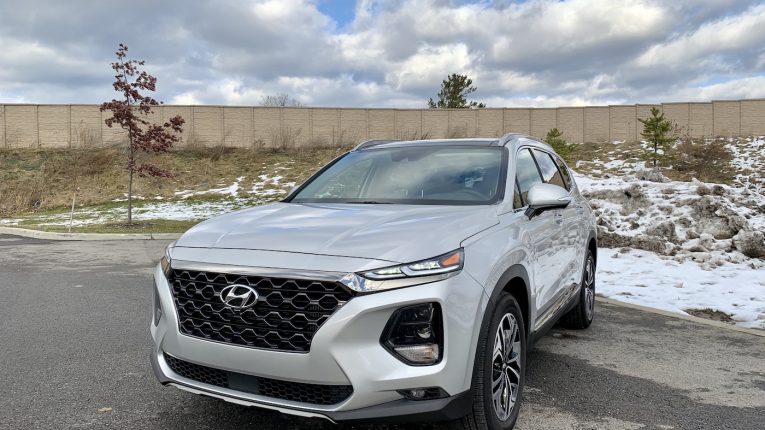
Road Test: 2020 Hyundai Santa Fe Limited 2.0T
It’s 2020 and the market is flooded with practical, versatile, and well-rounded crossovers. Hyundai took several measures for this model year to ensure that they remain competitive, and it shows.
After a week behind the wheel of the 2020 Santa Fe Limited 2.0T, we can easily say this is one of the most refined, well thought out, and intelligent crossover we’ve ever tested.
What especially makes the Santa Fe stand out is the value proposition. It’s what Hyundai built itself on, and has been able to maintain even though they’re neck and neck with the competition in every regard.
Exterior
The 2020 Santa Fe styling is unique in some ways, and streamlined in others. It shares a lot with the family leader, the Palisade, but differs significantly in the rear. We like the look a lot.
The LED headlights are mounted low and project an intense and wide beam of light. Automatic high beams work beautifully, with our only wish being the “auto” part remain engaged even after the Santa Fe is restarted, like in other vehicles. It’s a minor thing in an otherwise flawless lighting system.
Hyundai installed LEDs everywhere else too, from the marker lights to the taillights, with a really cool pattern in each of the rear lenses.
Inside
Once inside, the “30 second pitch” is all about intuitive design, simple controls, comfort, and lots of space. Santa Fe puts function over form, yet still maintains a sense of elegance while not try too hard to be what it’s not.
The seats are very comfortable yet supportive with lots of storage space in the front. Rear seat passengers also get plenty of head and leg room, with their own USB power ports for charging.
Santa Fe’s cargo room is a massive 36 cubic feet behind the second row, brining its A-game to the crossover segment.
A massive panoramic roof makes the Santa Fe feel limitless; we love the airy feel.
On the tech-front, our minds are absolutely blown by the Blind View Monitor for Limited trim Santa Fes. We first experienced it on the Kia K900, and it’s slowly making its way into various Hyundai models. It’s a combination of technologies that already exist, but implemented in a brilliant manner.
When the turn signal is activated to the left or right, the digital instrument cluster with the large screen changes from gauges or menus, to a live camera feed of what’s in the corresponding blind spot. The image is crisp, clear, and intuitive because the driver can still look forward. It virtually eliminates false positives of Blind Spot Monitoring systems that illuminate in the mirror, since nothing can surpass live imaging.
Another example of perfect execution is the Heads-Up Display system in the Santa Fe. It projects an 8.5-inch virtual image onto the windshield of driving information such as speed, Smart Cruise Control status, navigation, Blind-Spot Collision Warning, Forward Collision-Avoidance Assist, speed limit, Lane Departure Warning and audio system data. Adjusting position, brightness, and turning the system on/off couldn’t be easier. It’s especially good at night without being distracting.
Other safety tech includes Blind Spot Collision Avoidance Assist, rear cross-traffic collision avoidance assist, and Safe Exit Assist. All use innovative tech that reduces accidents and save lives. Children and parents also benefit from the Rear Occupant Alert to remind busy parents that they may have left someone (or something) in the back seat.
Wireless phone charging is located ahead of the shifter, and works perfectly. The tray is large and Santa Fe reminds the driver via a chime and message in the instrument cluster when the car is turned off to grab their phone from the charging tray. Brilliant!
The heated steering wheel is one of the best ever. The entire wheel heats up well and the on/off button location is clearly visible. Flanking either side of that button are the multistage heated and cooled front seat controls.
Powertrains
The 2020 Santa Fe line-up offers a choice of two powertrains, but we only had the opportunity to evaluate the turbocharged 2.0-liter four-cylinder engine with 235 horsepower and 260 lb-ft of torque. Both engines are mated to a smooth shifting eight-speed automatic transmission.
The transmission provides quick and crisp shifts for an engaging and efficient driving experience. Hyundai says the automatic transmission adds ratio ranges at both the top and bottom of output speeds allowing for extra thrust off-the-line and a quieter, more fuel-efficient dash down the interstate.
Owners will like the Drive Mode Select buttons behind the shifter, which changes the calibration on the throttle, transmission, and steering. We walked away happy with the variation in Comfort, Sport, and Smart modes.
Our tester was a front wheel drive model, but the Santa Fe is available with Hyundai’s HTRAC All-Wheel-Drive (AWD) system. The HTRAC AWD system was developed as a multi-mode system, providing an electronic, variable-torque-split clutch with active torque control between the front and rear axles.
Fuel economy is rated 22 mpg city, 29 highway, and 25 combined; we averaged 28 mpg in mixed driving and a not so light foot with this awesome engine.
Safety
The aforementioned Blind View Monitor ranks as one of the most innovative pieces of active safety technology we’ve ever experienced.
All the now expected safety tech is standard, including forward collision braking with pedestrian detection and an awesome lane-keeping assistance system. It read road markings along roads that many of our other test vehicles often can’t, likely because of a higher resolution camera reading the roadway.
Adaptive cruise works beautifully and we couldn’t be more impressed by Hyundai’s engineers on the refinement. We especially like being able to adjust how sensitive and responsive the systems respond to lane departures, vehicles ahead, and accelerating in traffic.
Infotainment
The Hyundai Santa Fe is loaded with technology, including Hyundai’s latest AVN 5.0 navigation system with Android Auto and Apple CarPlay. We spent quite a bit of time using the updated CarPlay interface that Apple rolled out and thoroughly enjoyed it on the fast, easy-to-reach display in the Santa Fe.
When it comes to audio tech, nothing can surpass the 630-watt, 12-speaker Infinity system with an 11-channel amplifier featuring Clari-Fi and QuantumLogic Surround Sound technology. Clari–Fi works in real-time to rebuild audio details lost in digitally compressed music, while QuantumLogic extracts signals from the original recording and redistributes them into an authentic, multidimensional soundstage for playback that is clear, refined and full of detail.
Santa Fe Blue Link is also included for three years, with enhanced safety, diagnostic, remote and voice guidance services. Blue Link brings connectivity directly into the car with technologies like Remote Start with Climate Control, Remote Door Lock/Unlock, Car Finder, Enhanced Roadside Assistance and Stolen Vehicle Recovery.
Blue Link features can be accessed via buttons on the rearview mirror, the MyHyundai.com web portal, the MyHyundai with Blue Link smartphone app, the Amazon Alexa Blue Link skill and the Blue Link Google Assistant app. Some features can also be controlled via Android Wear and Apple Watch apps.
| Summary Scorecard (1-10) | |
| Ride and Handling | 9 |
| Braking | 9 |
| Powertrain and Fuel Economy | 8 |
| Noise | 9 |
| Headlights | 10 |
| Interior Fit and Finish | 10 |
| Seating | 10 |
| Visibility | 9 |
| Gauges and Controls | 10 |
| Infotainment | 10 |
| Crash-Avoidance | 10 |
| Total Score | 95 |
—
Make: Hyundai
Model: Santa Fe
Trim Level: Limited 2.0T
Engine: 2.0 Turbo
Transmission: 8-speed Automatic
Options: Carpeted Floor Mats
—
Base Price: $37,500
As-Tested Price: $38,730
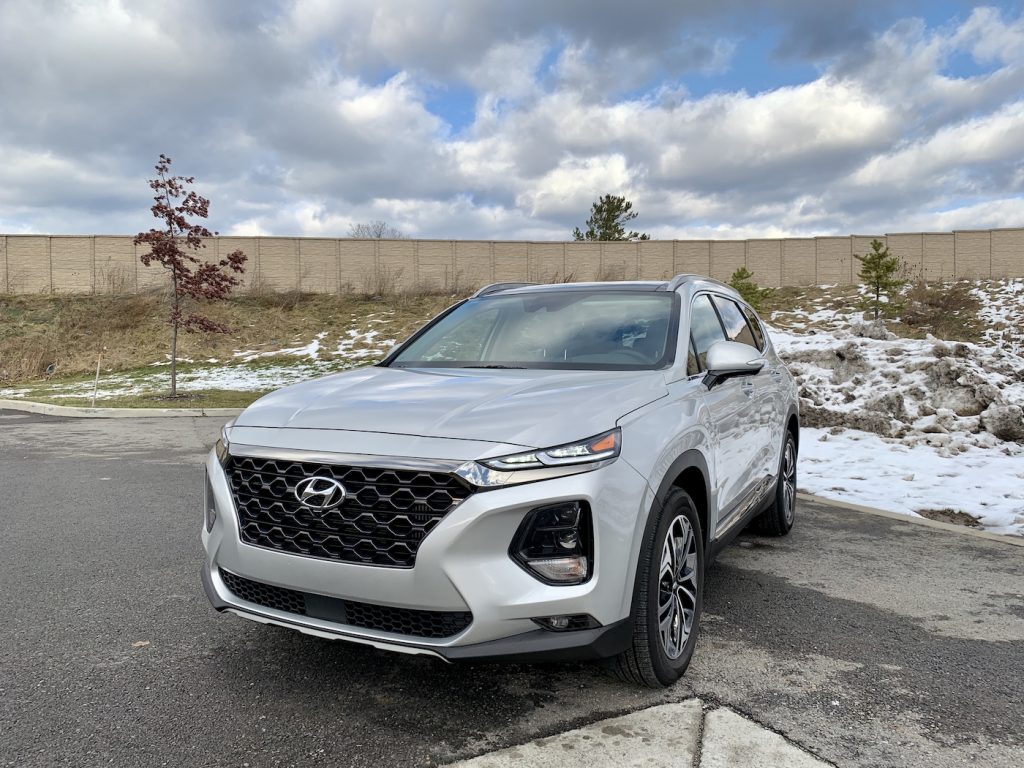
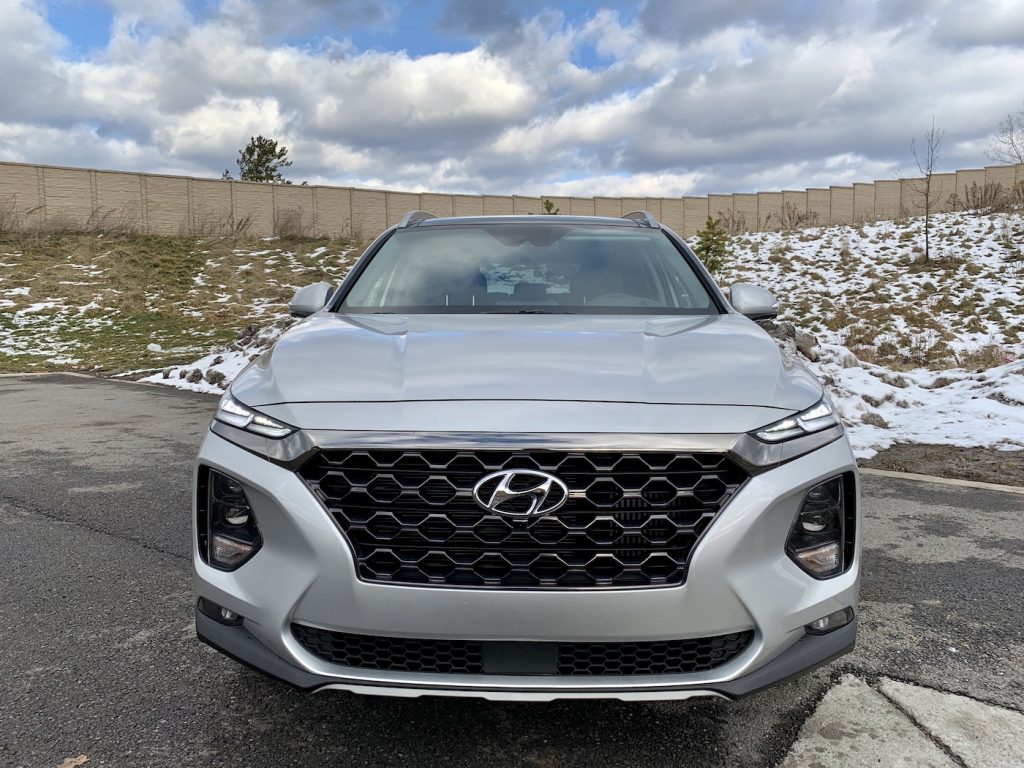
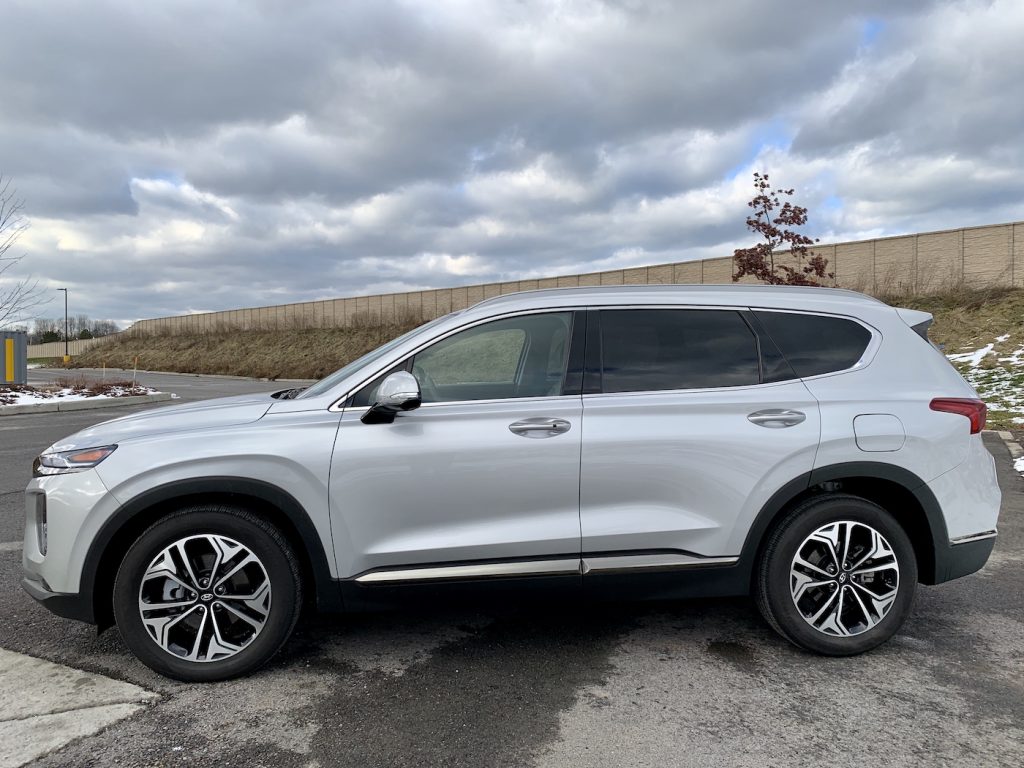
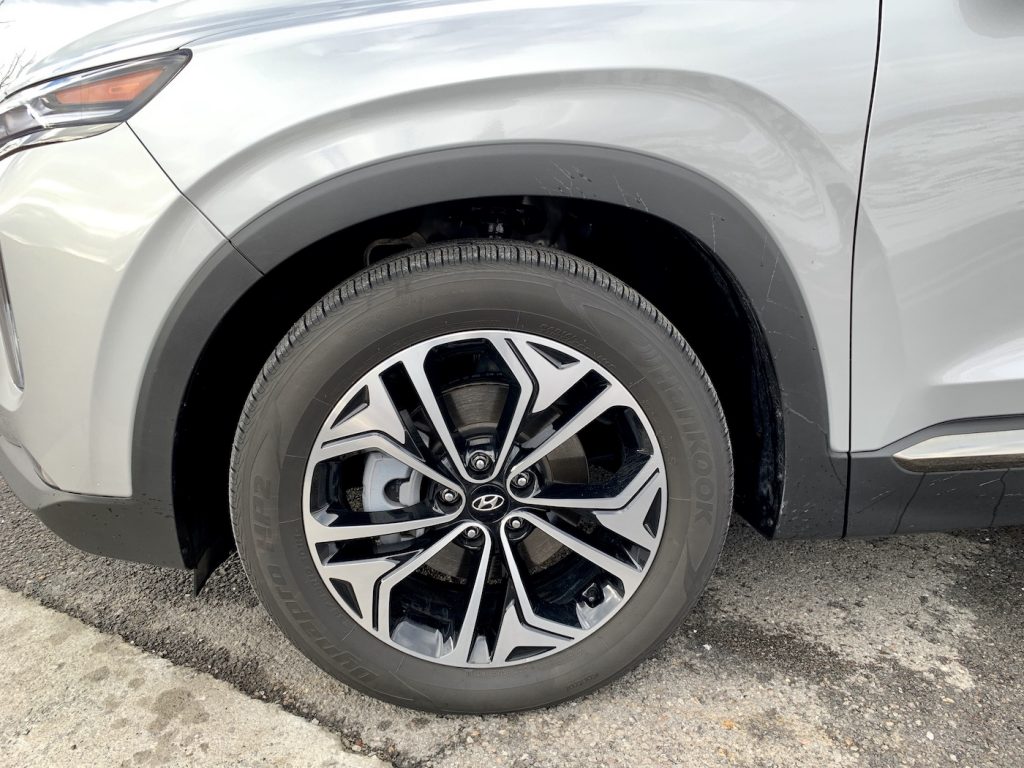
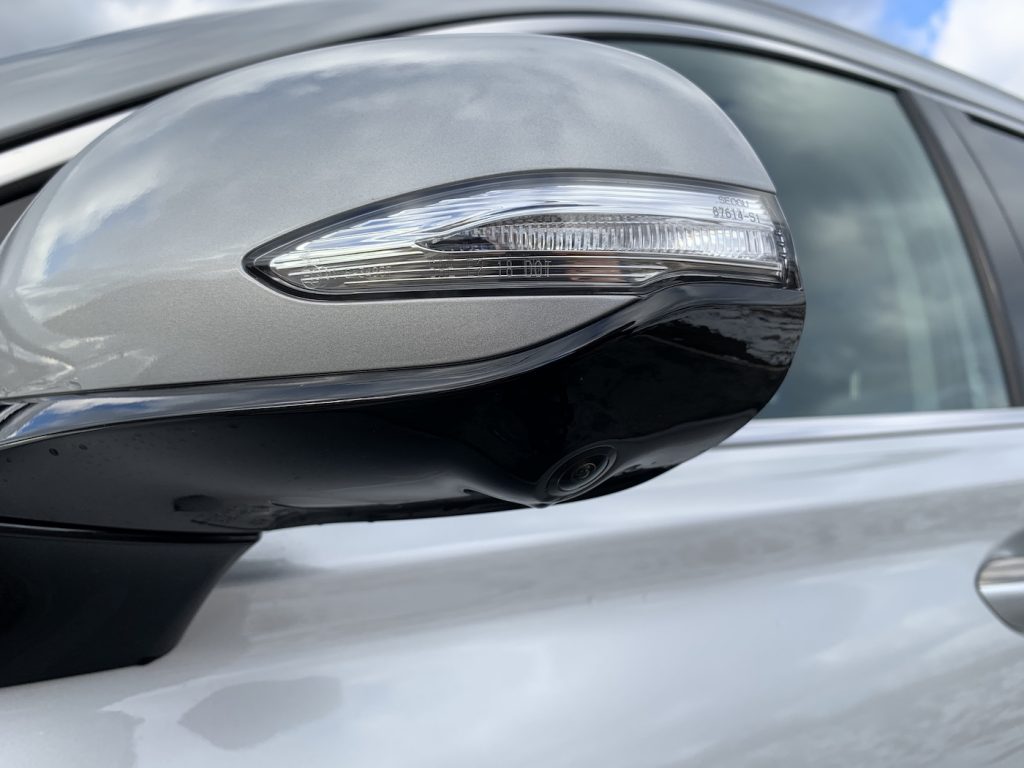
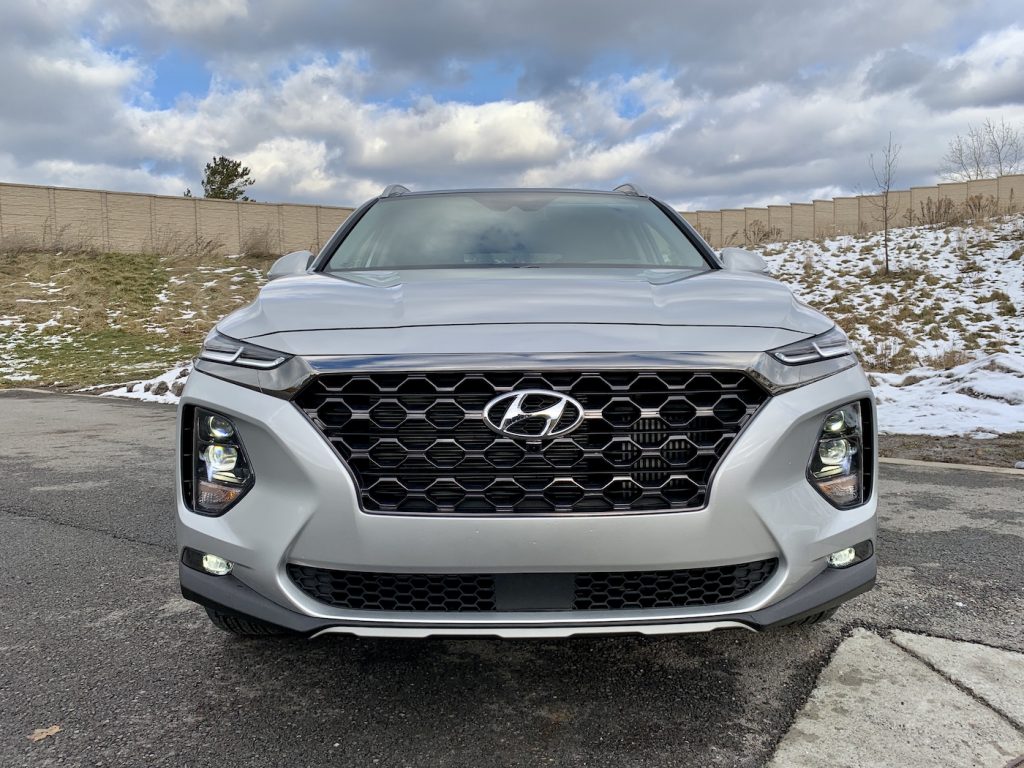
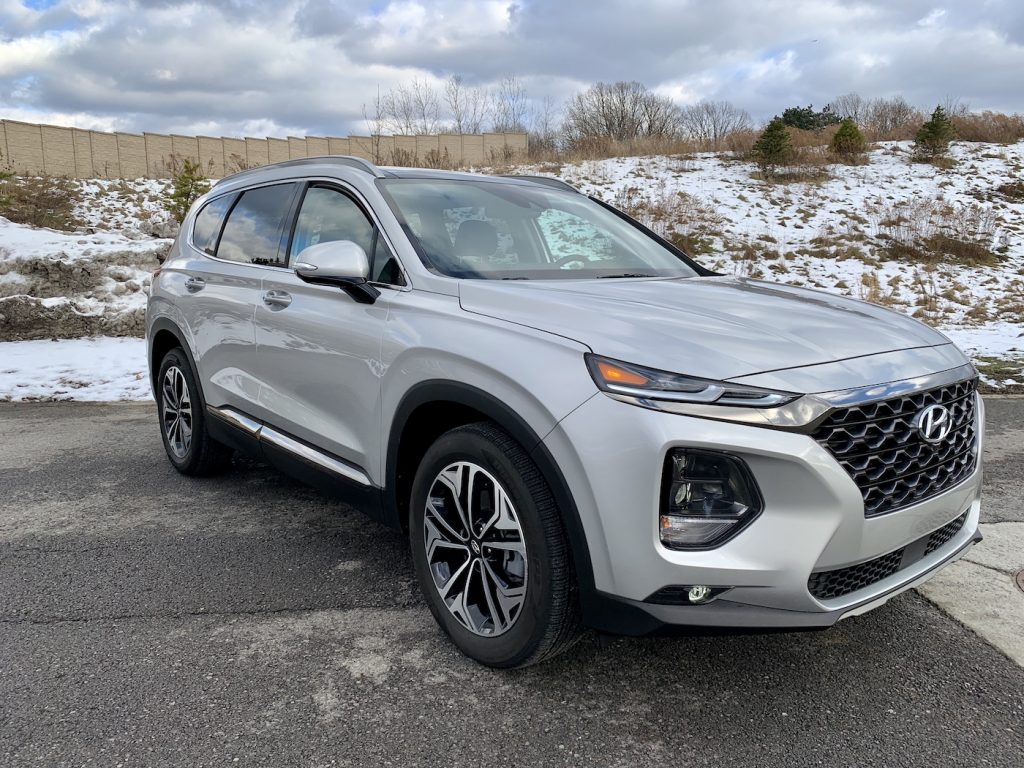
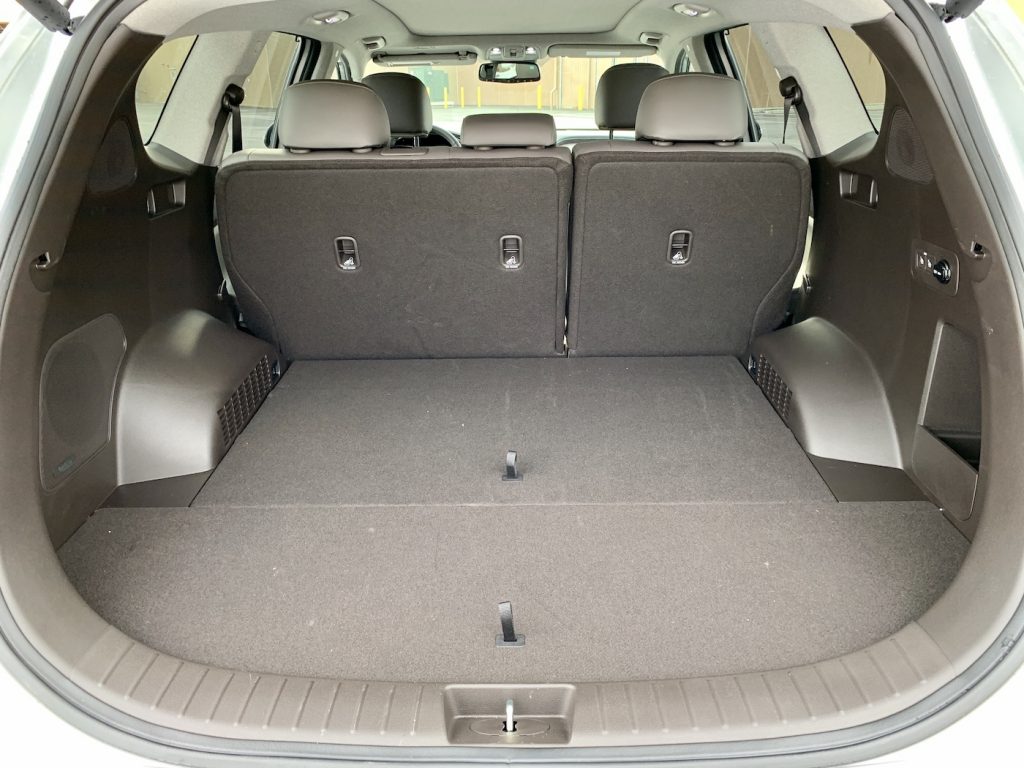
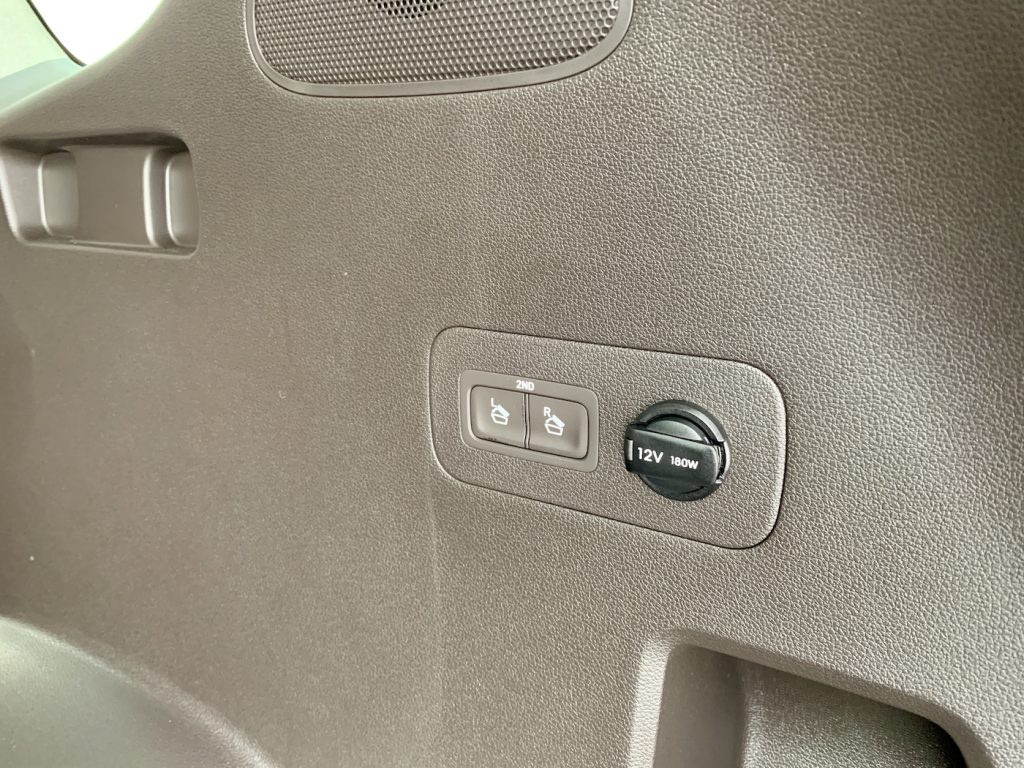
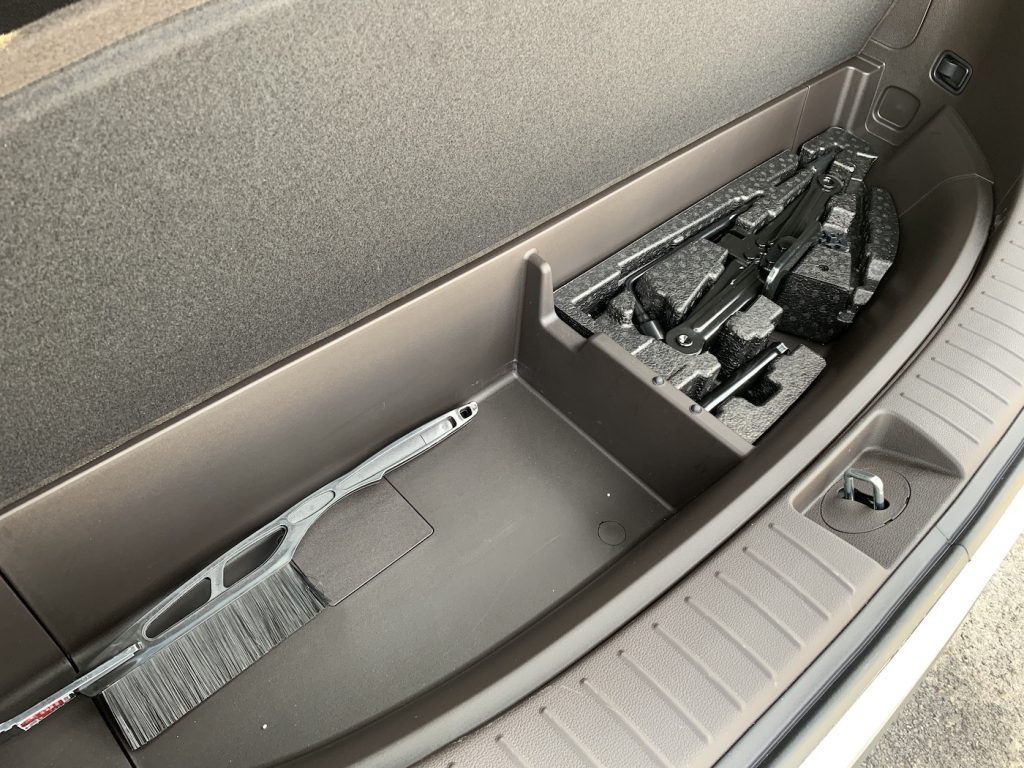
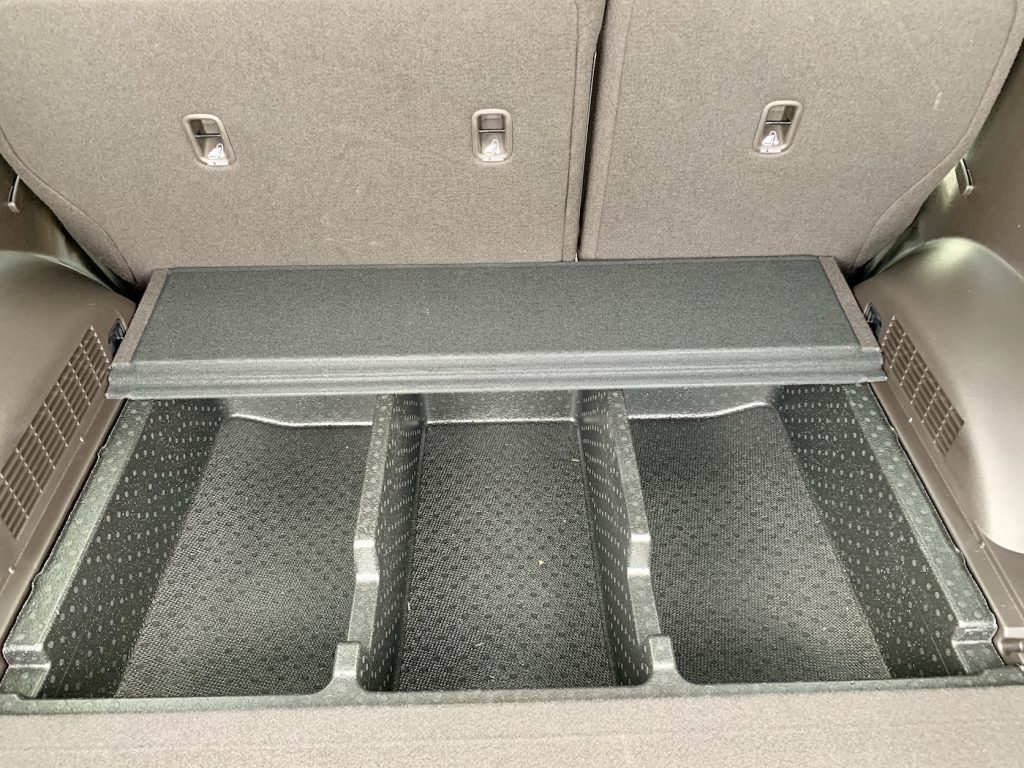
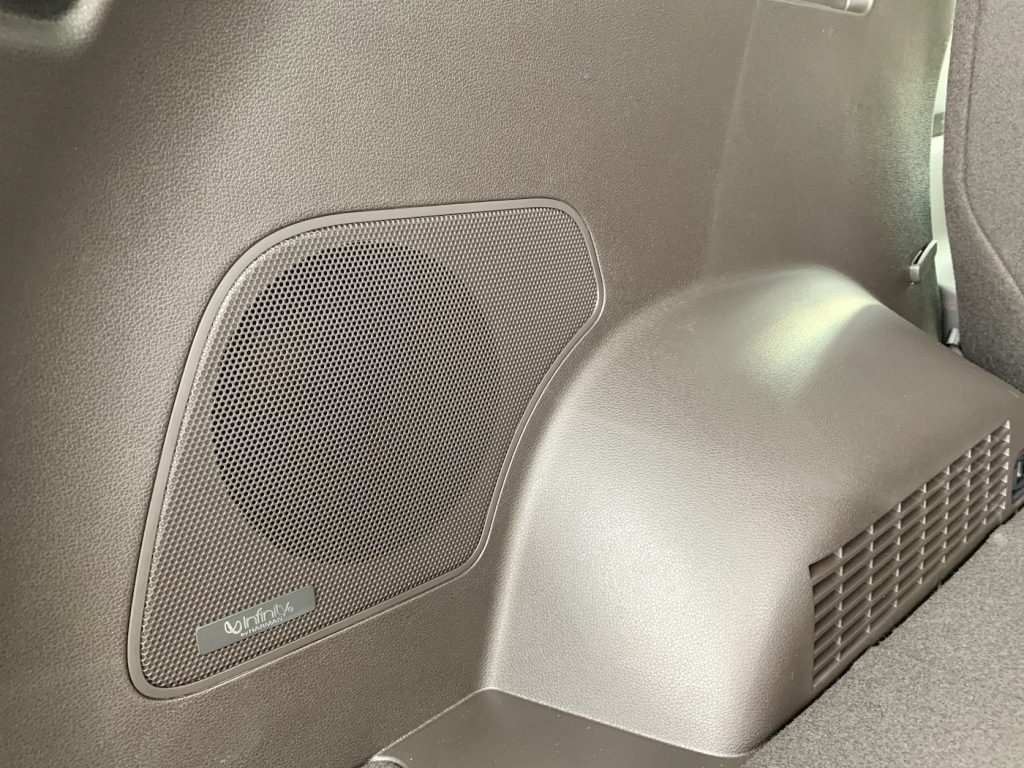
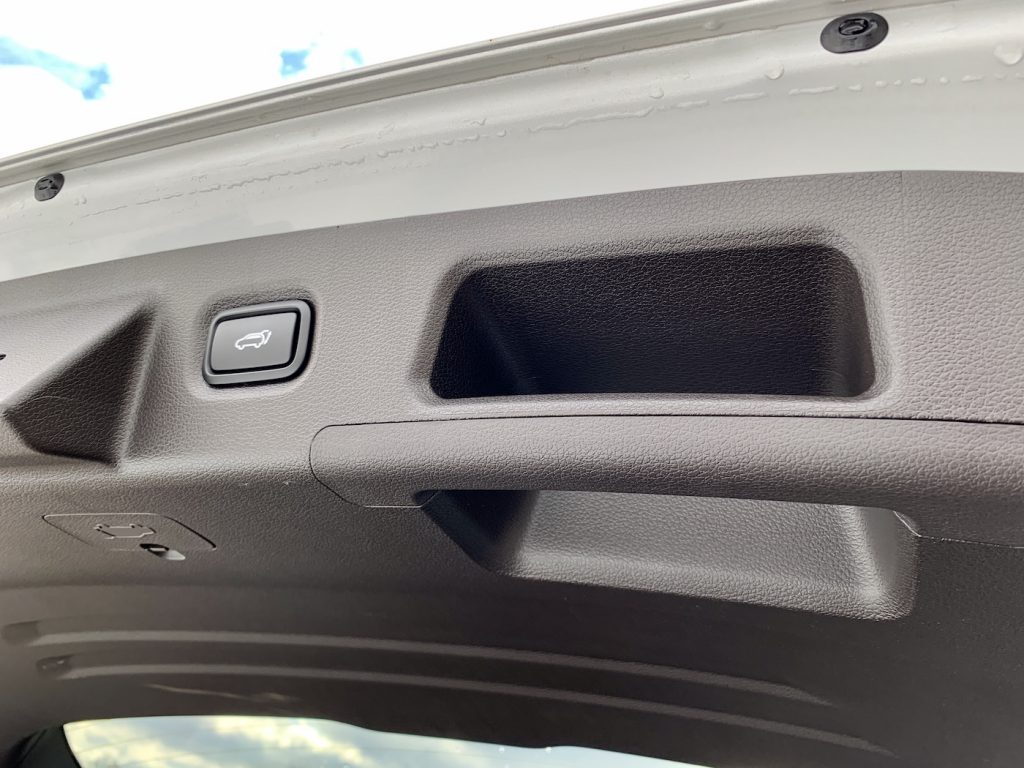
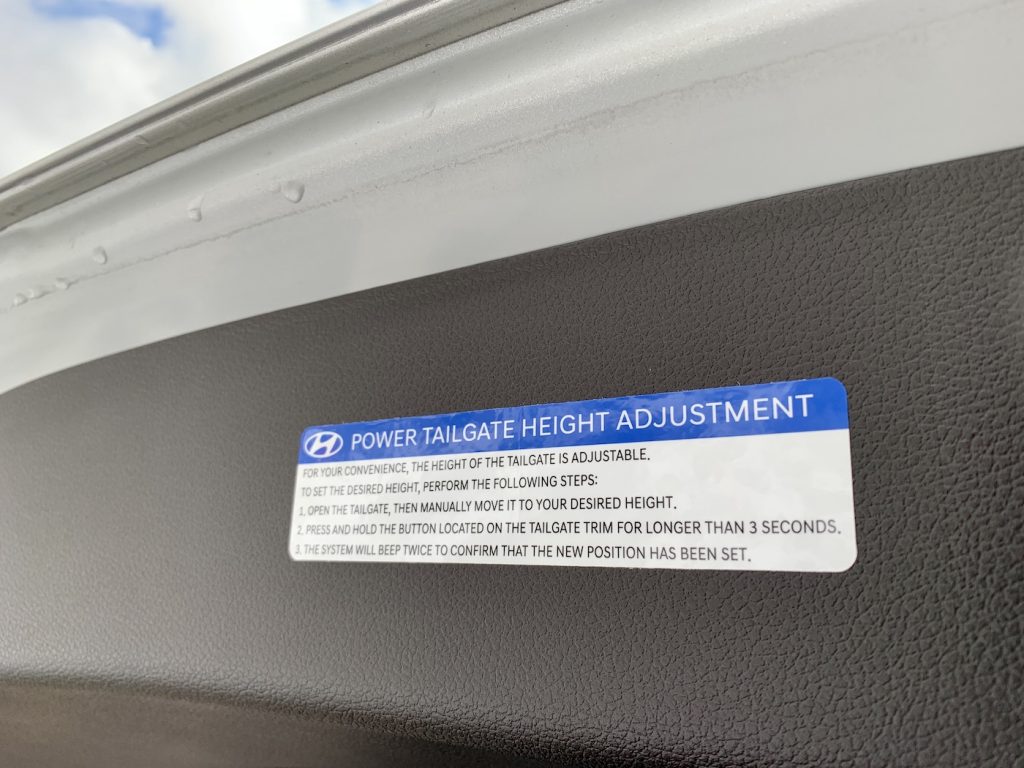
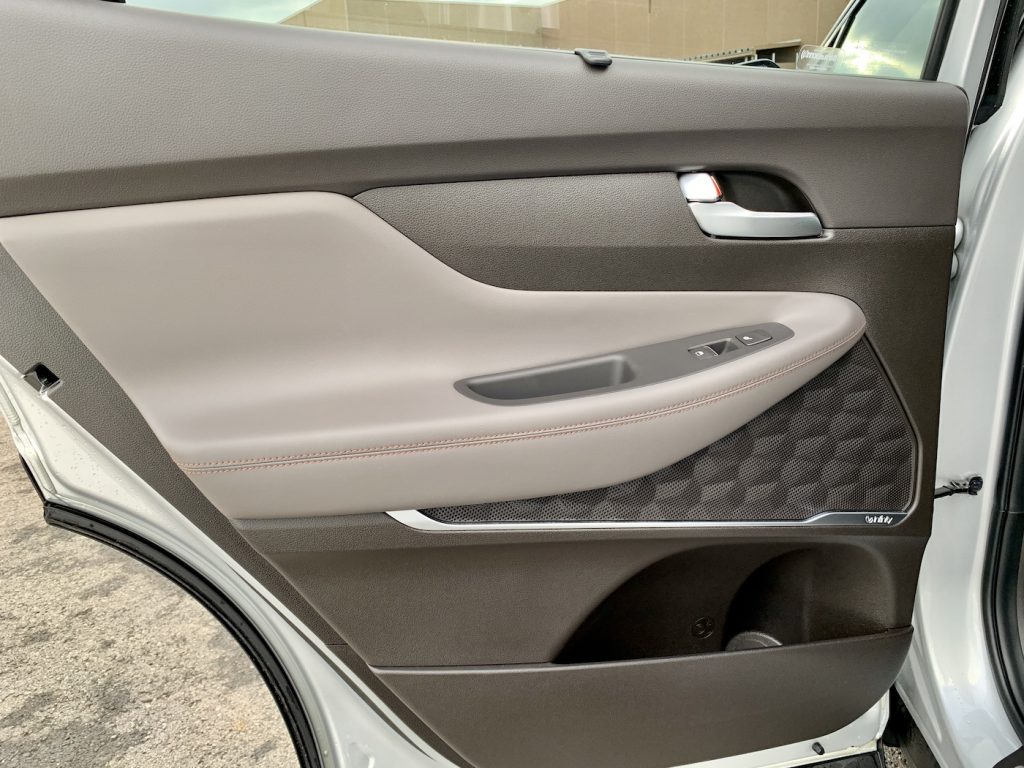
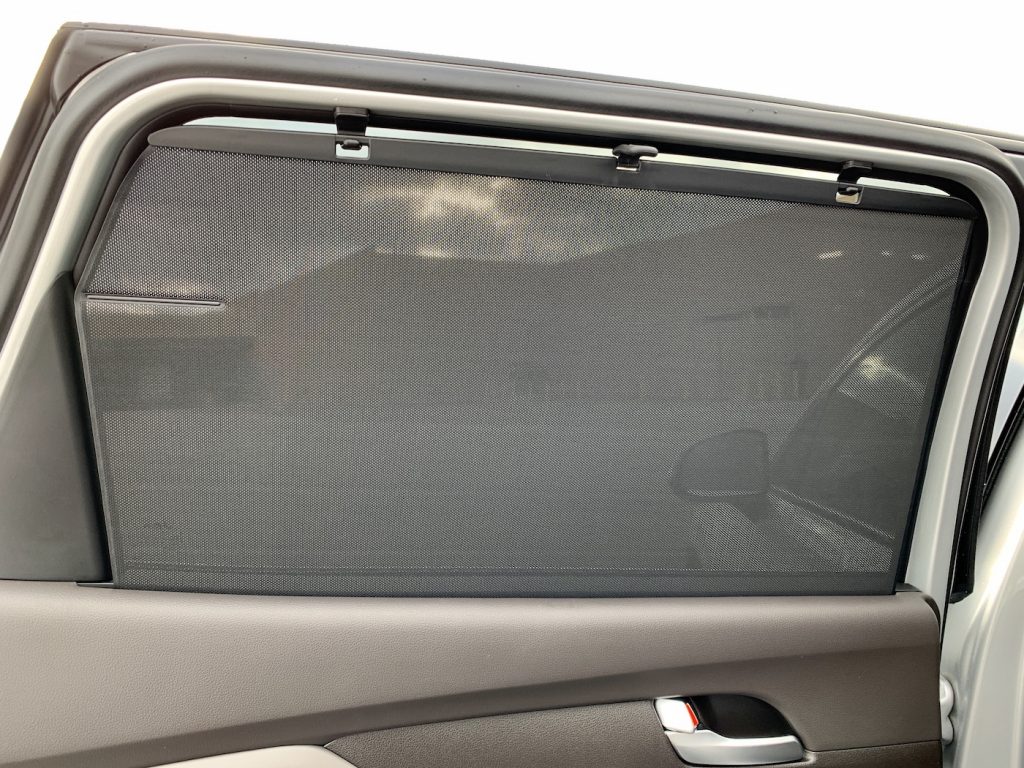
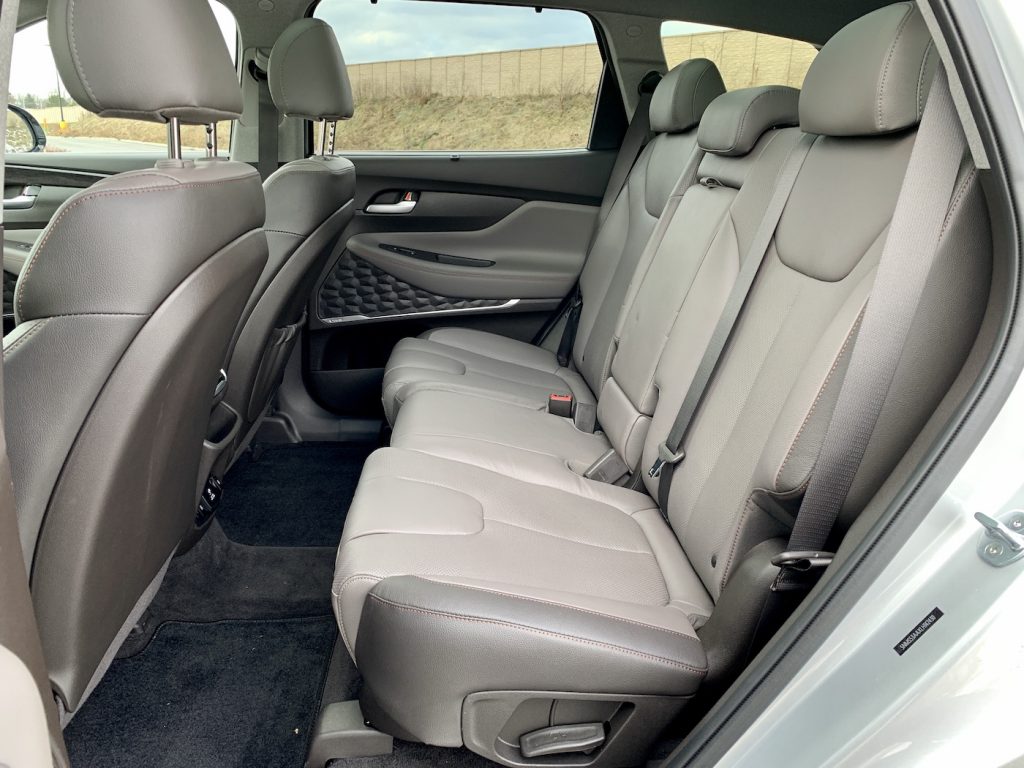
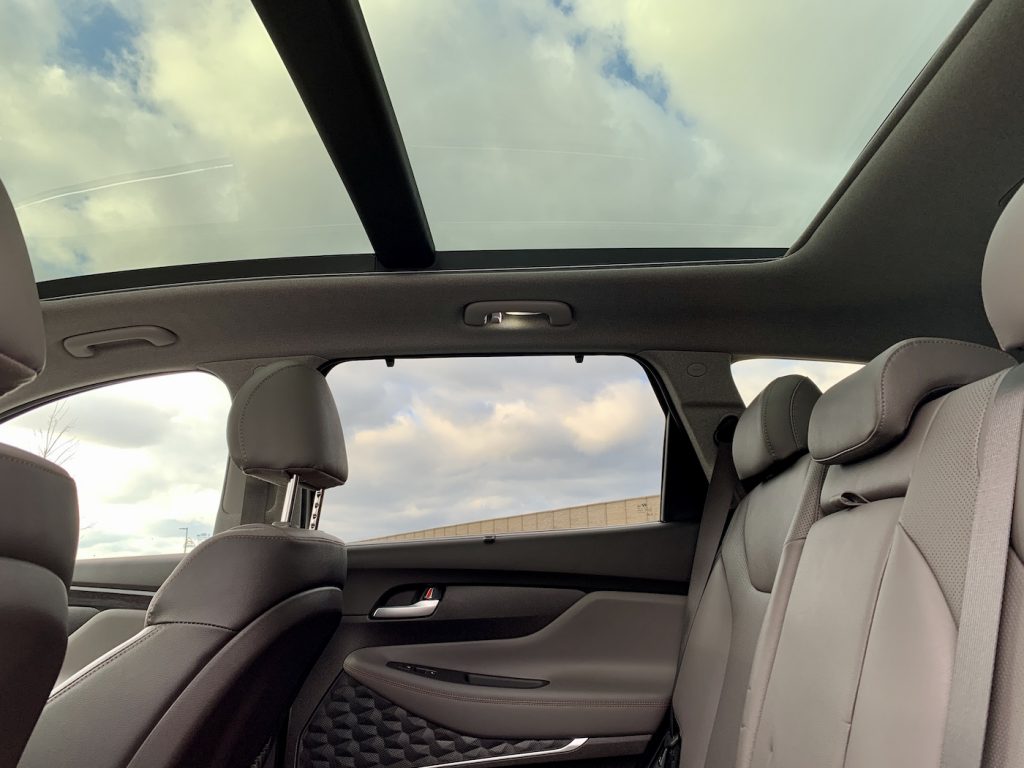
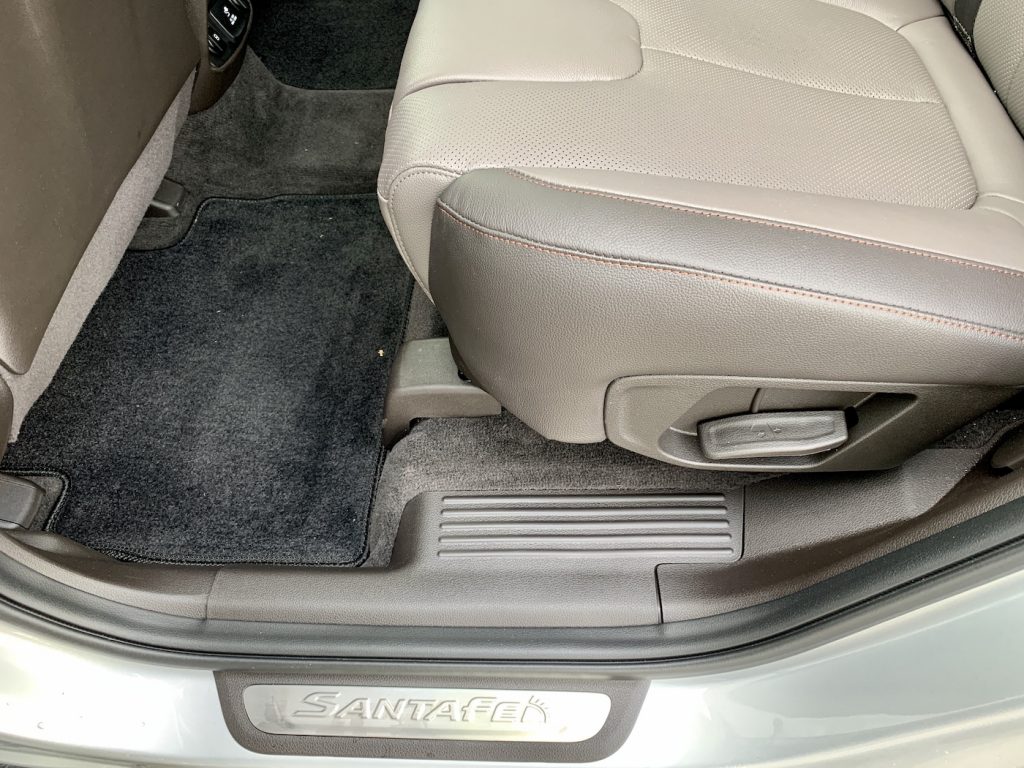
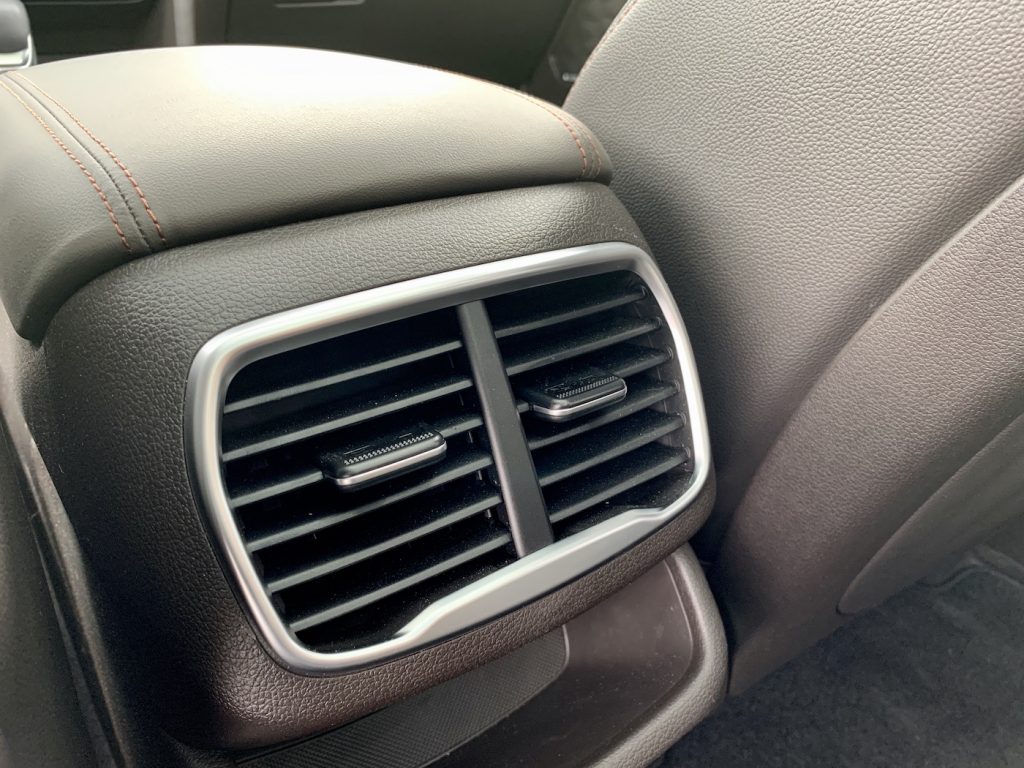
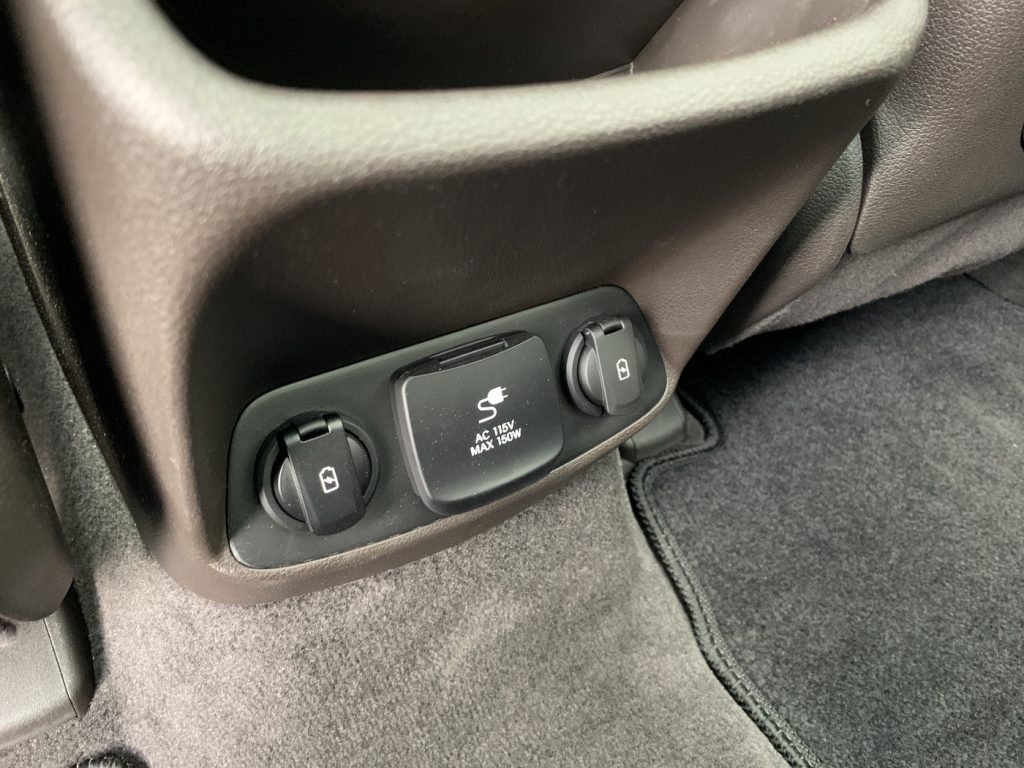
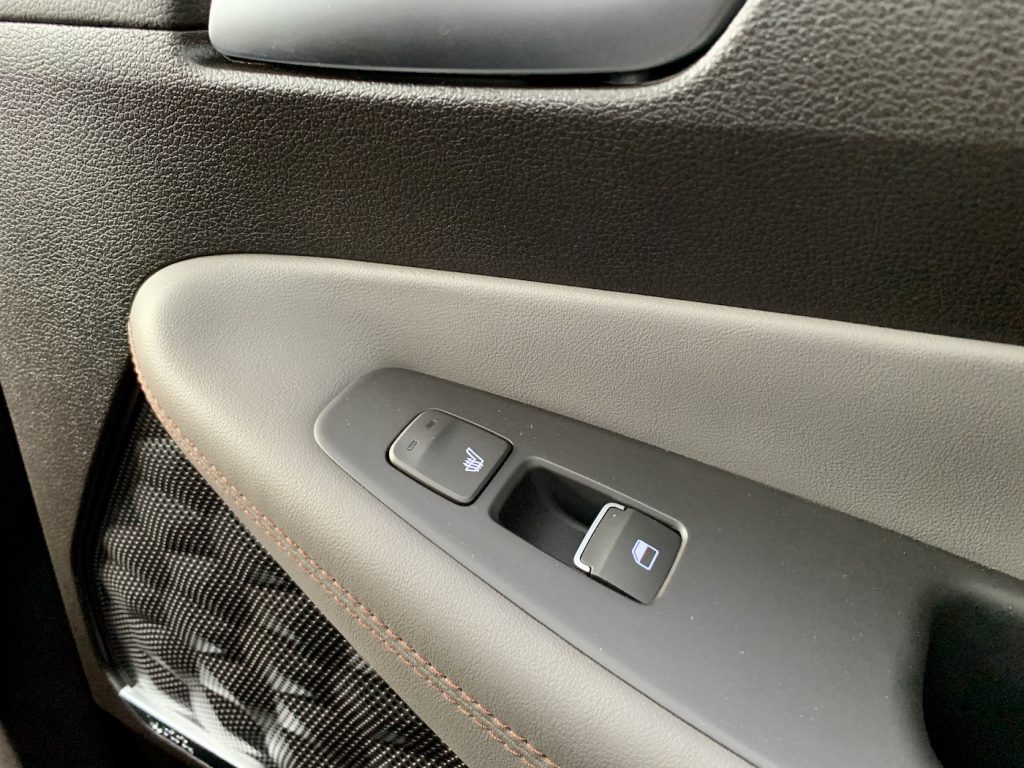
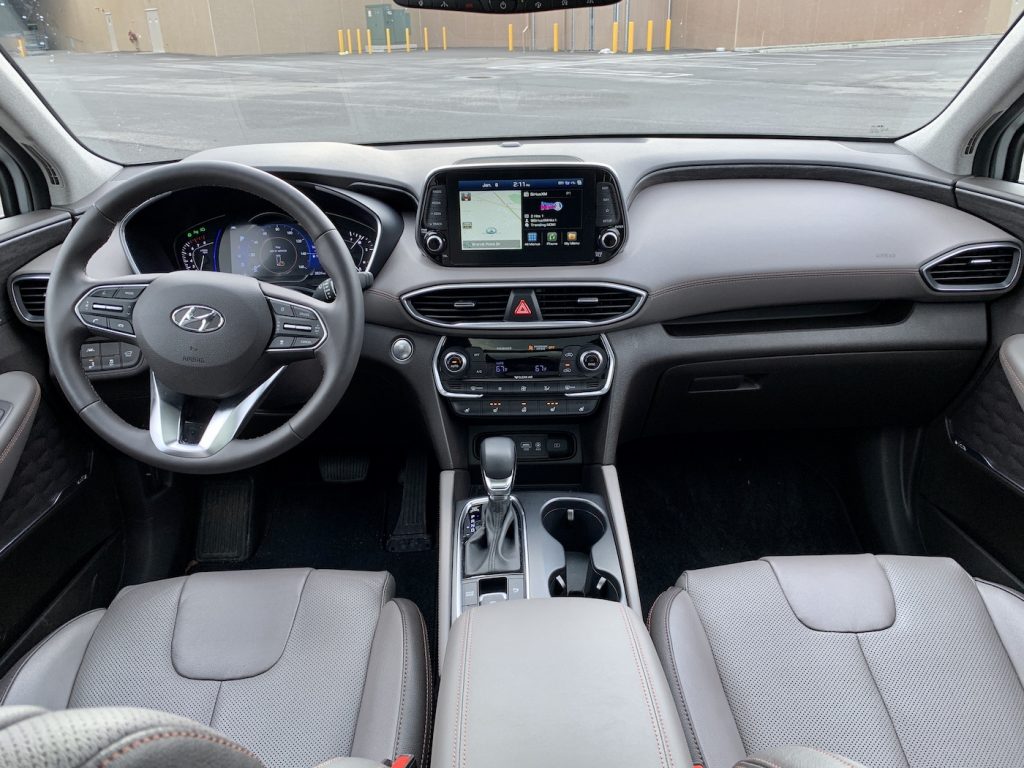

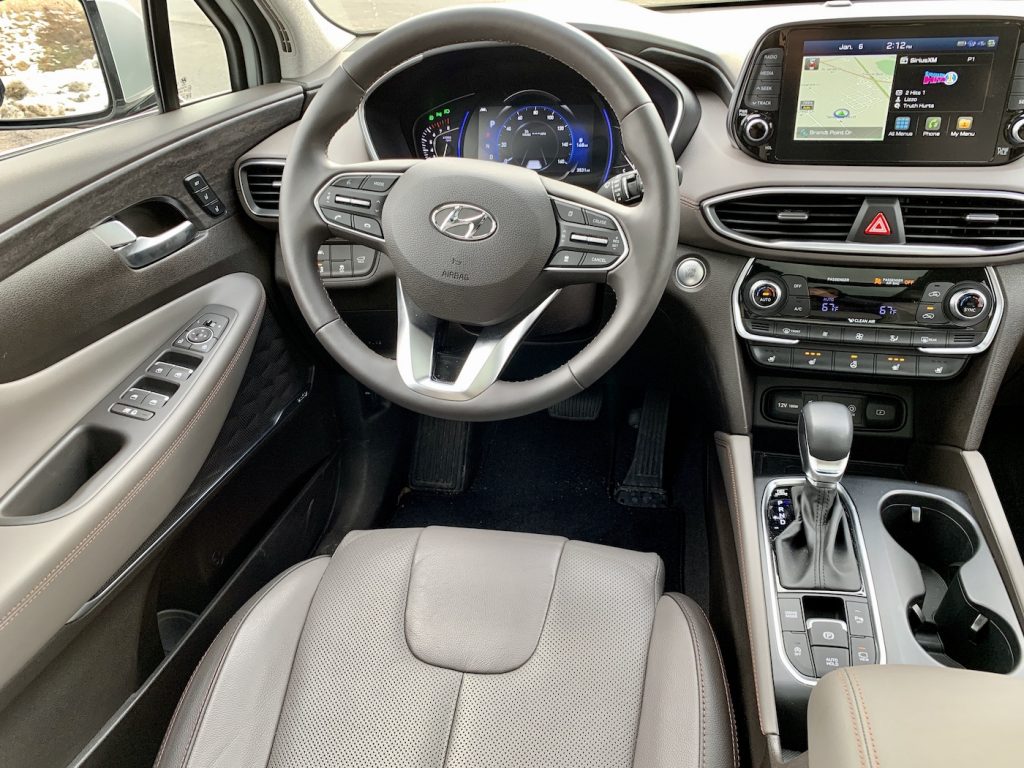
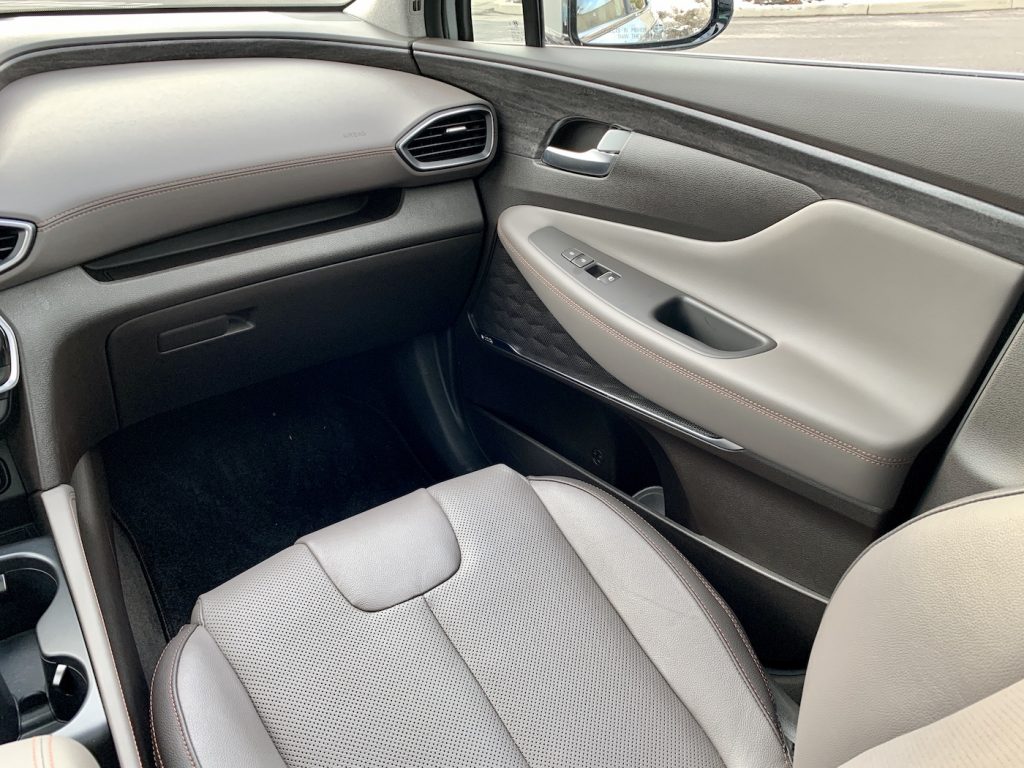
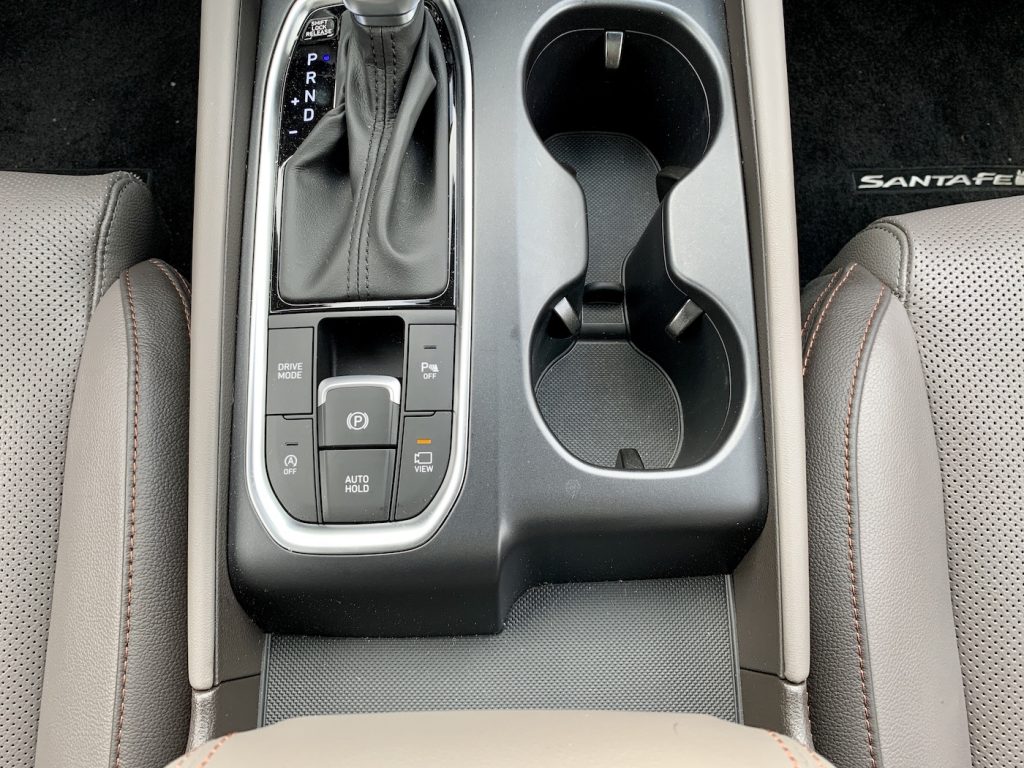
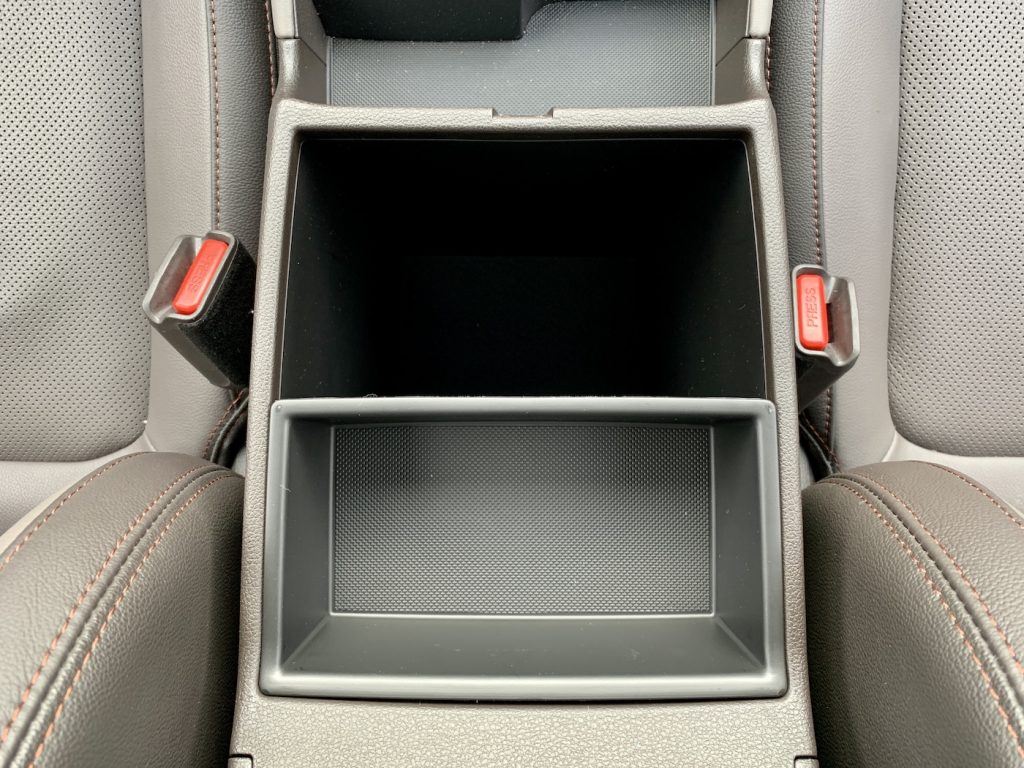
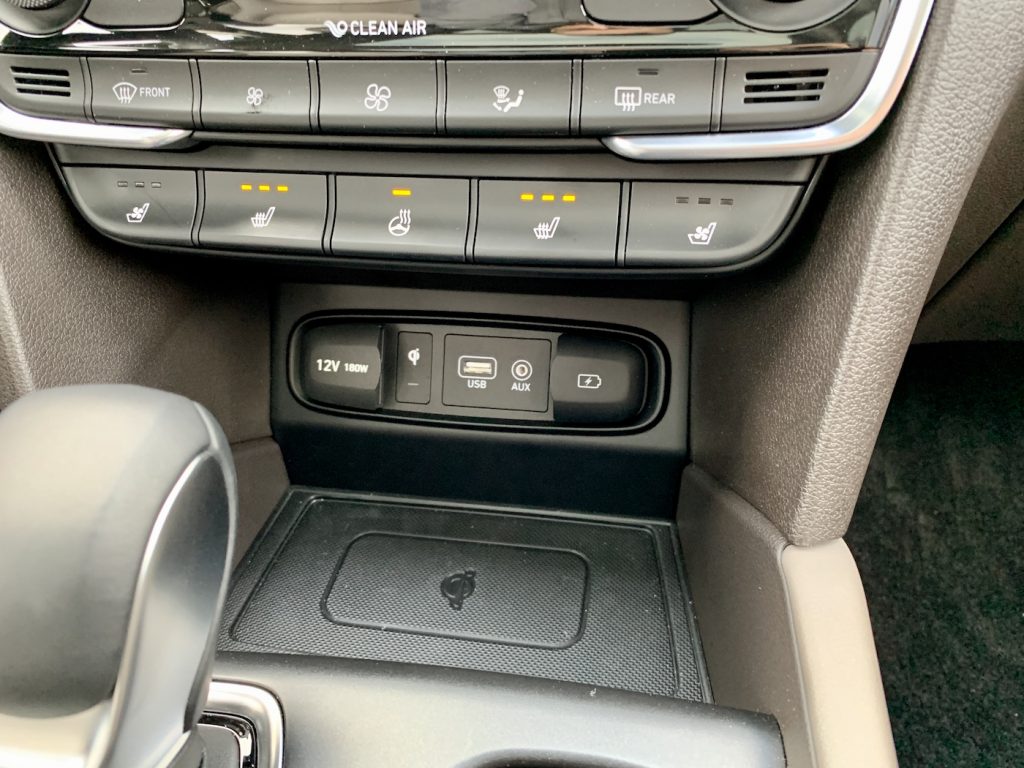
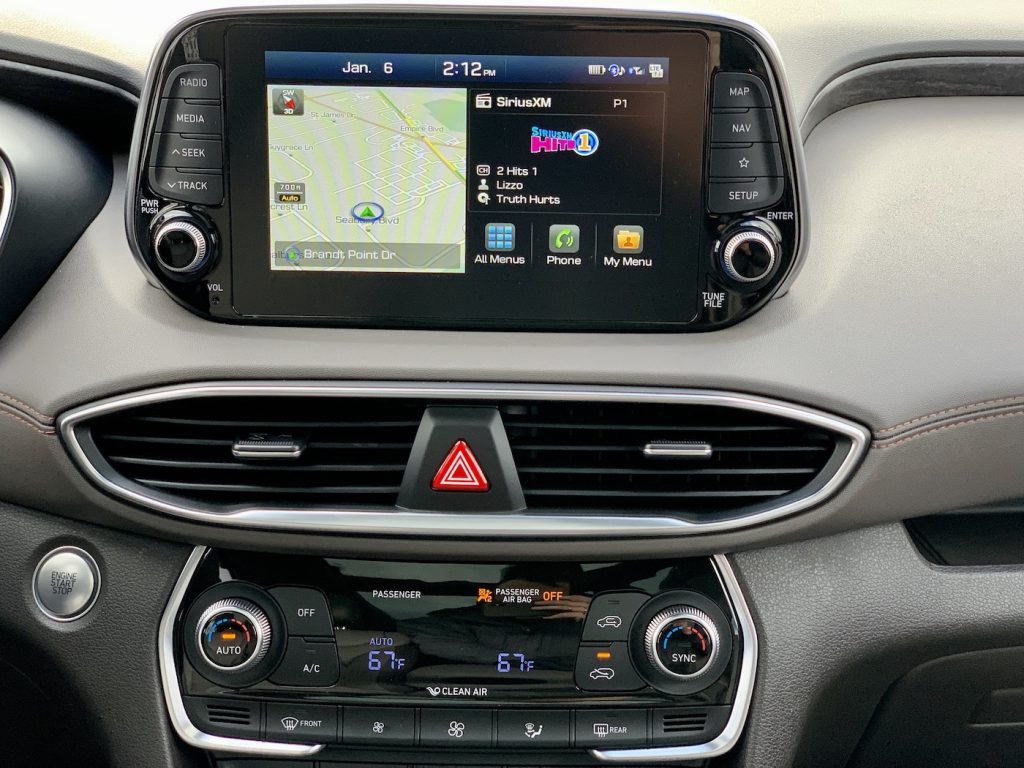
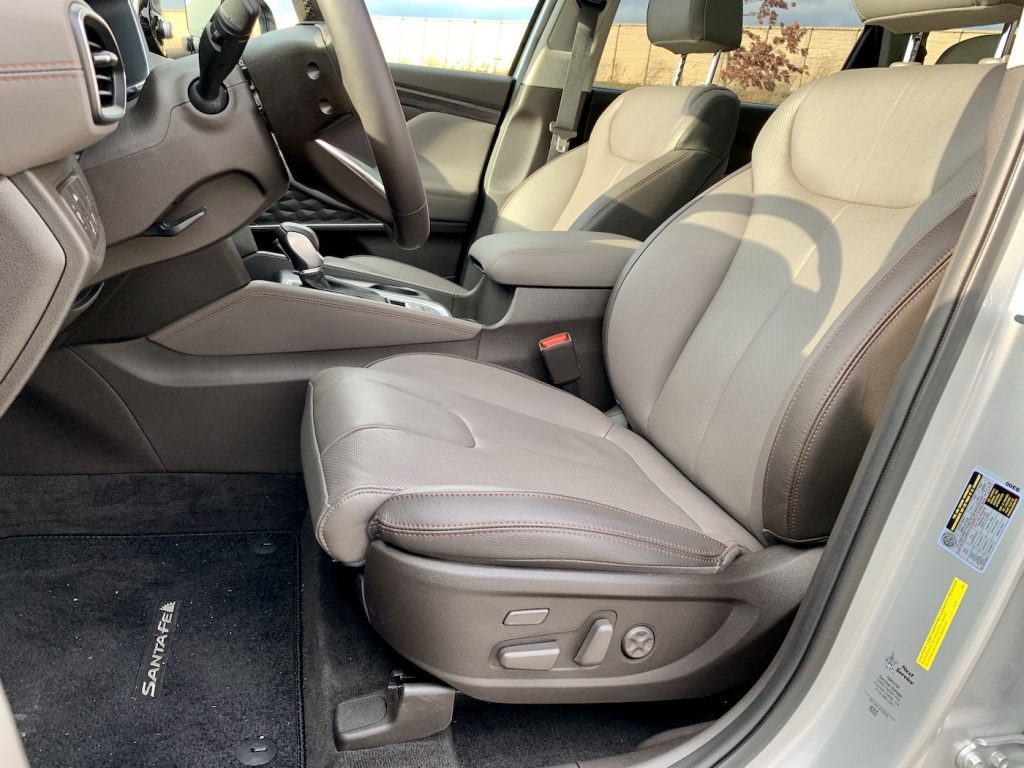
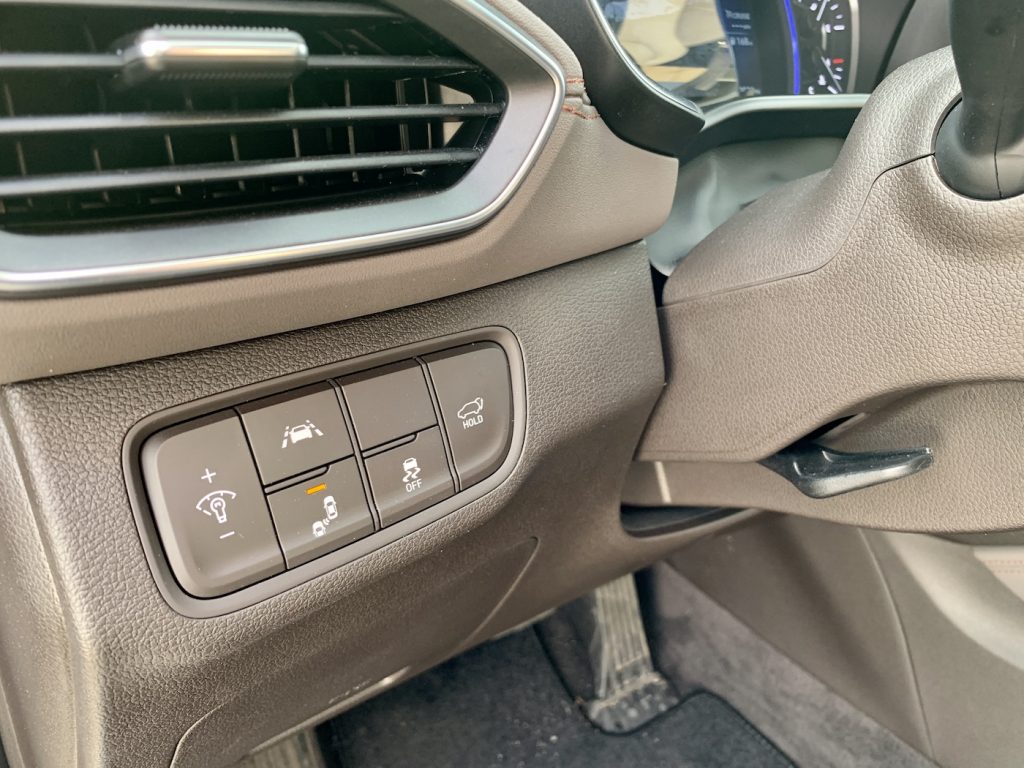
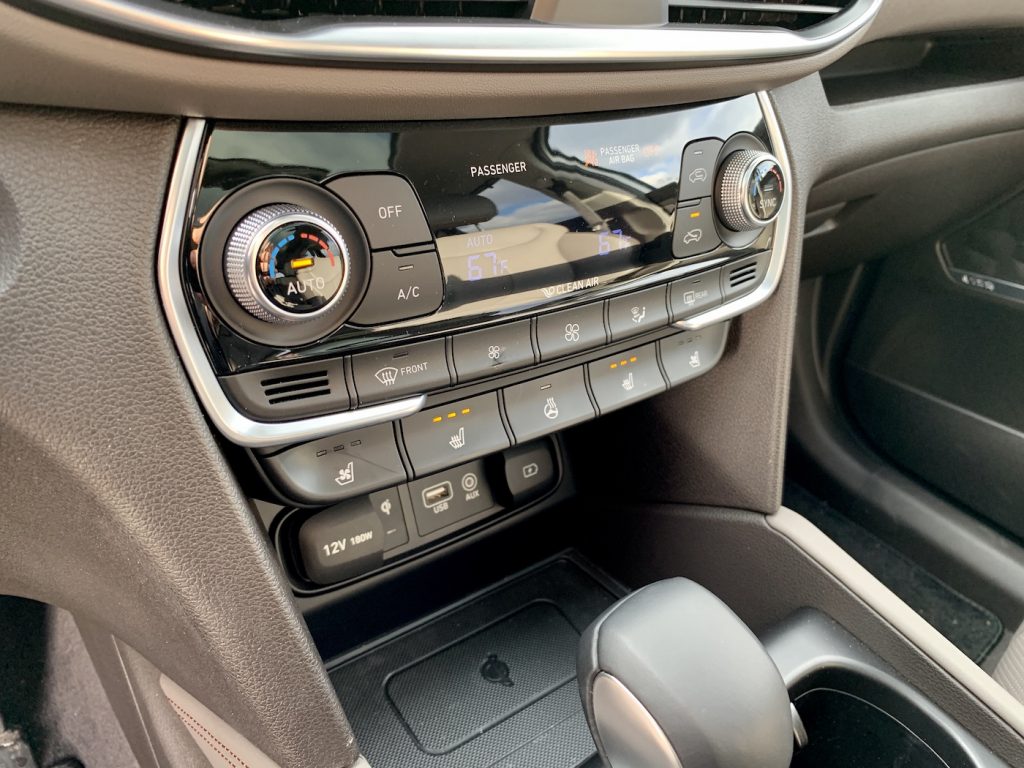
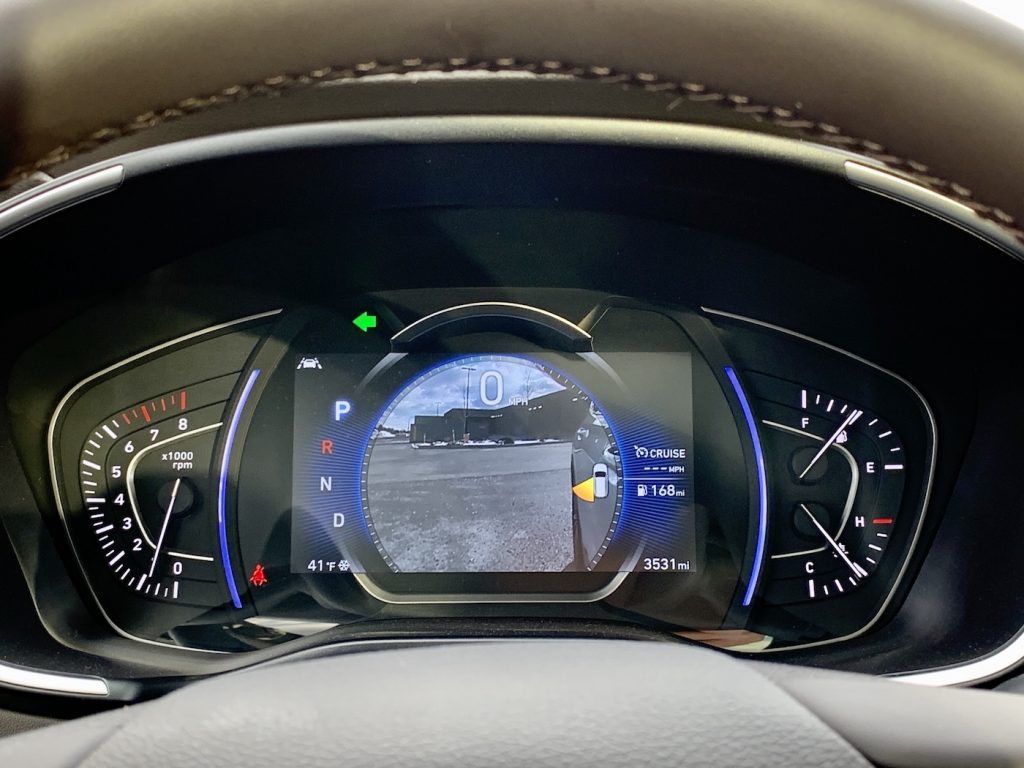
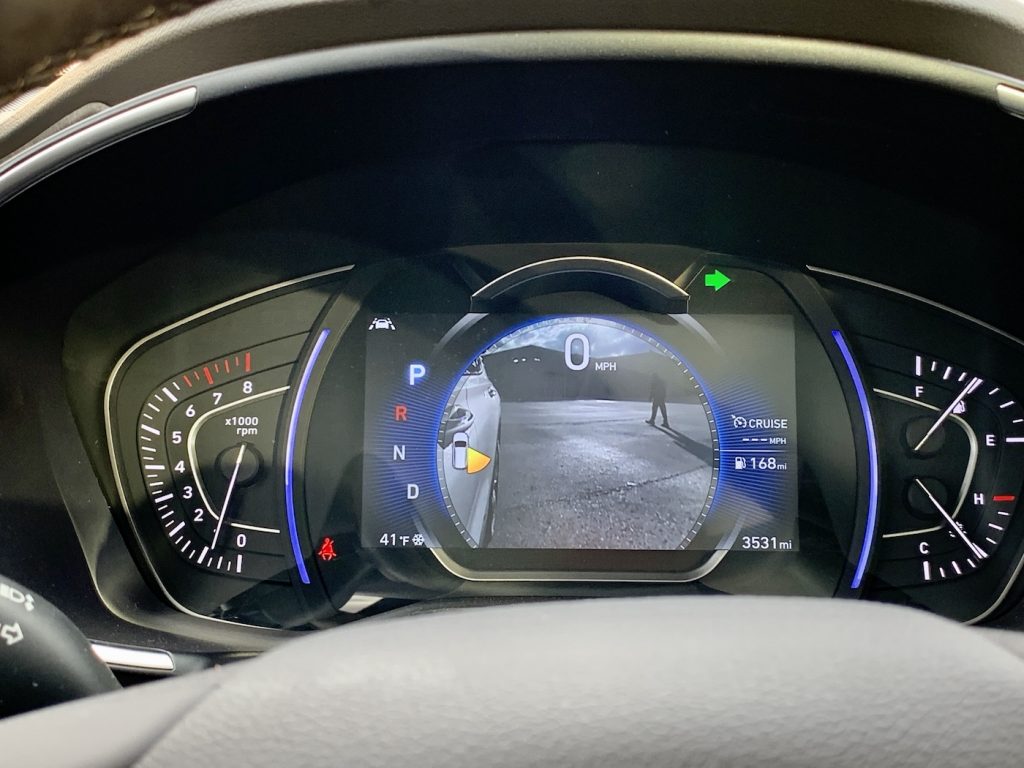
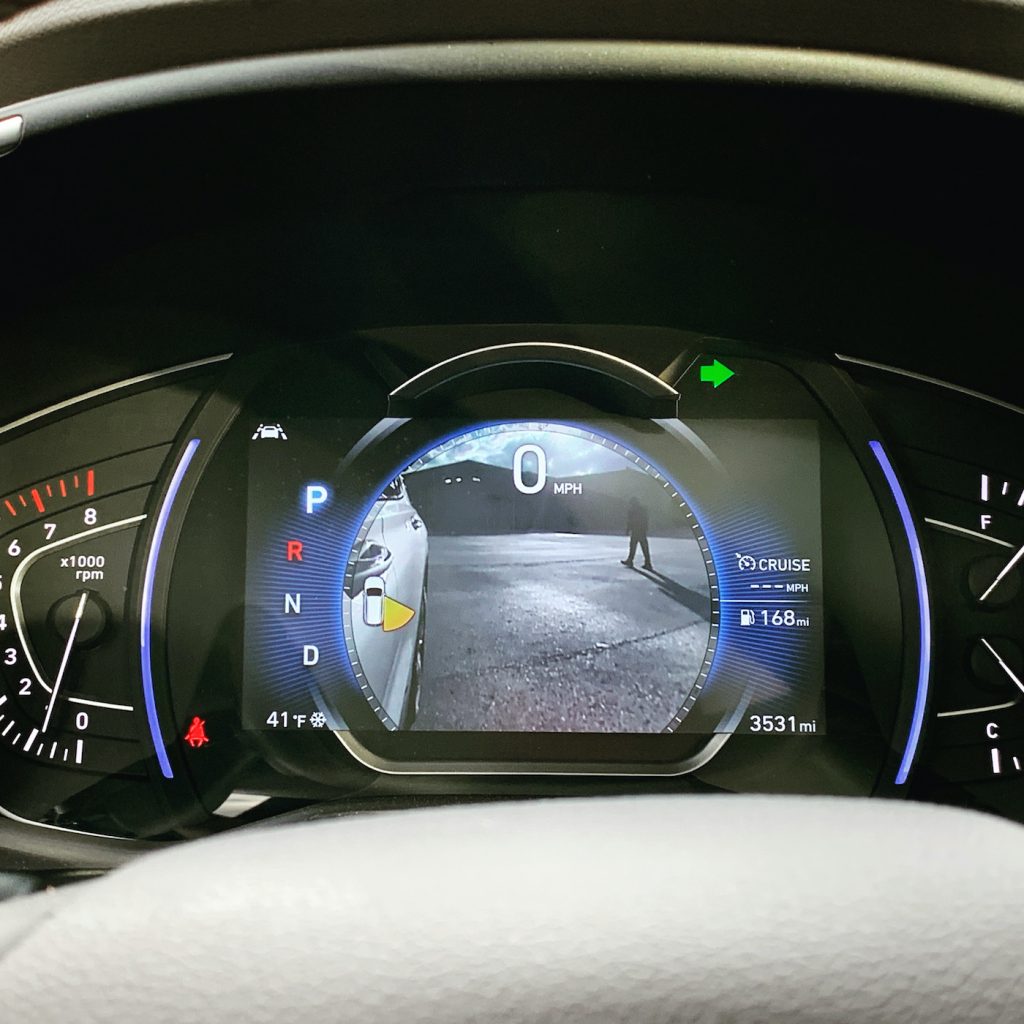
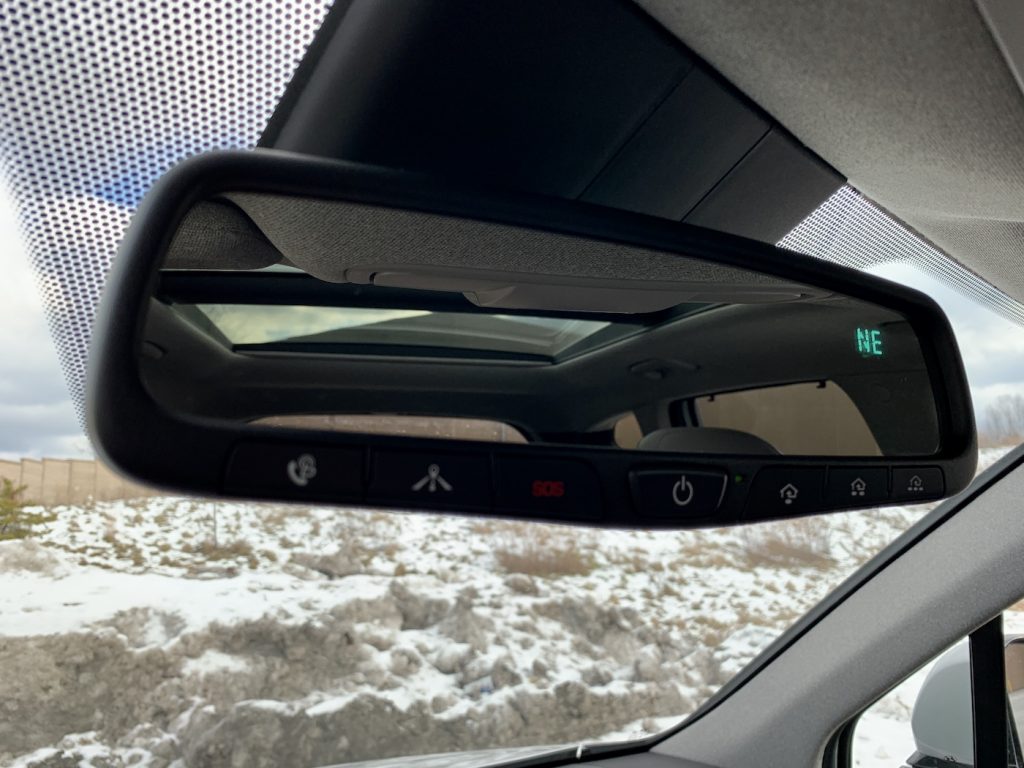
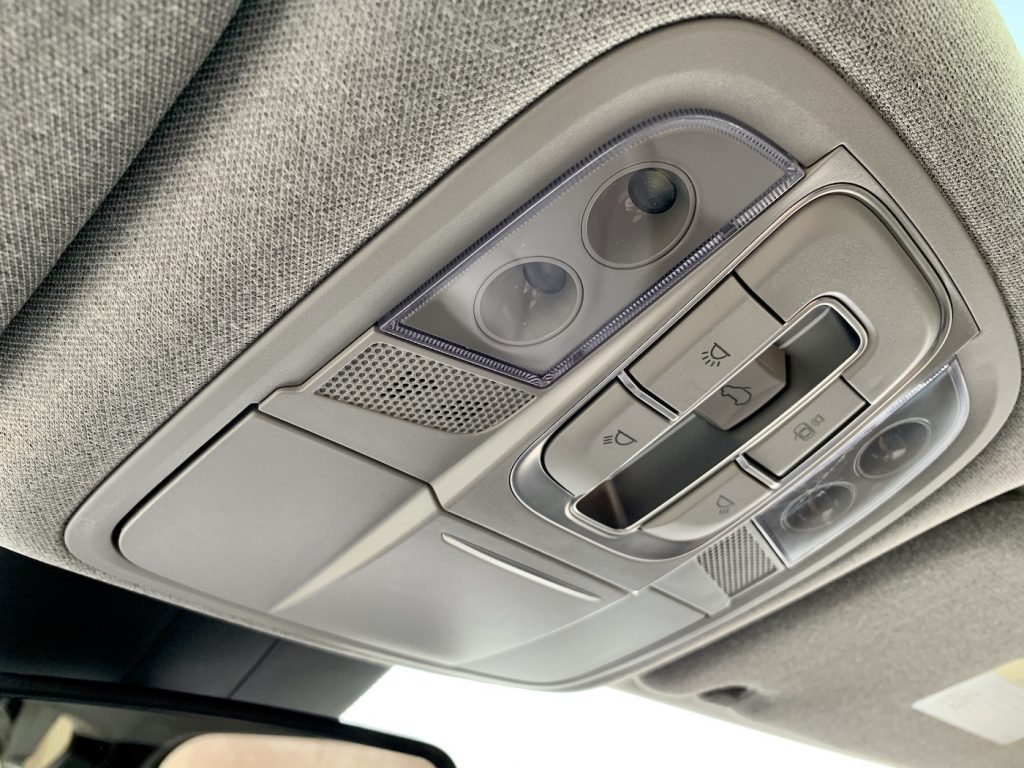
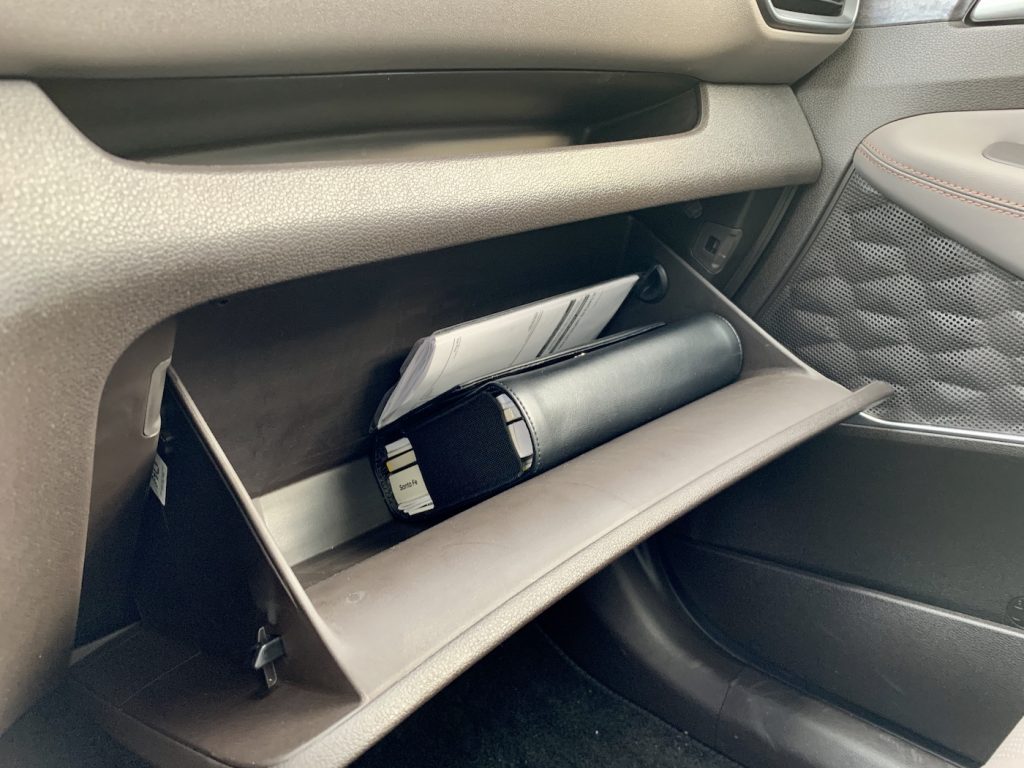
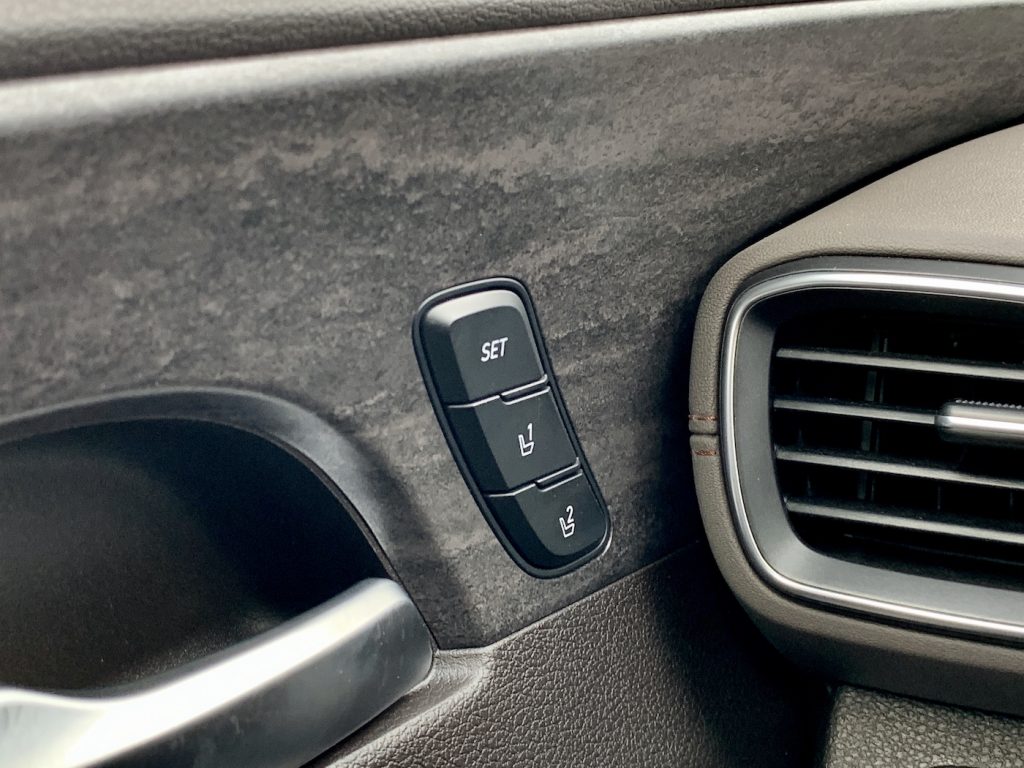
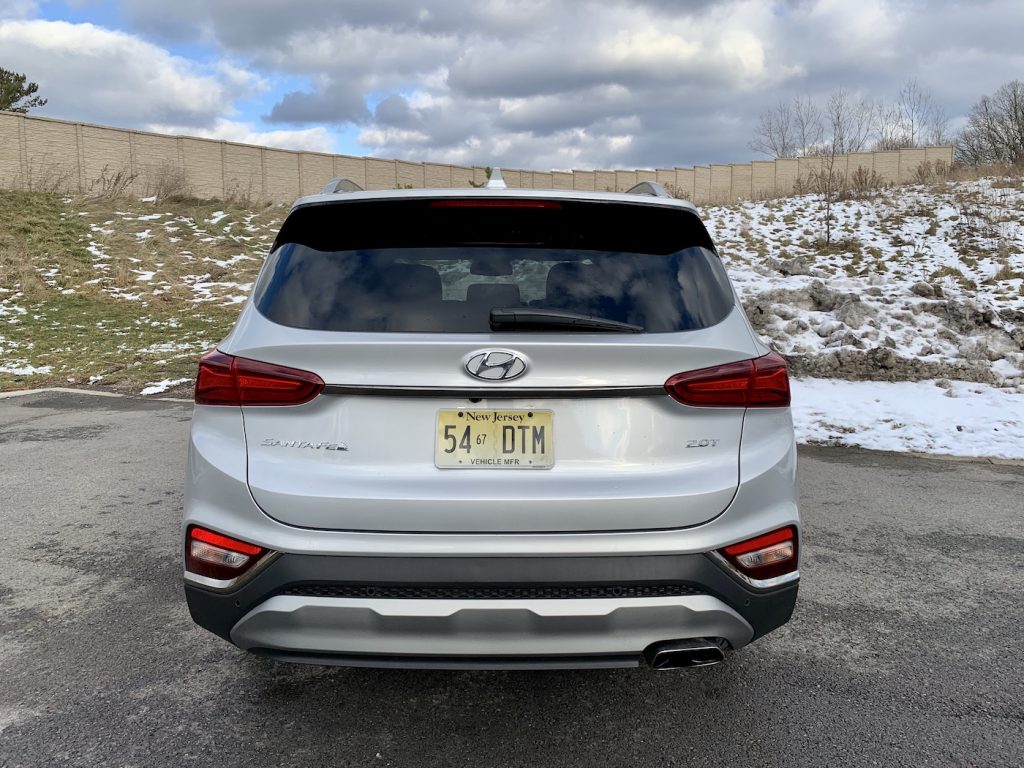
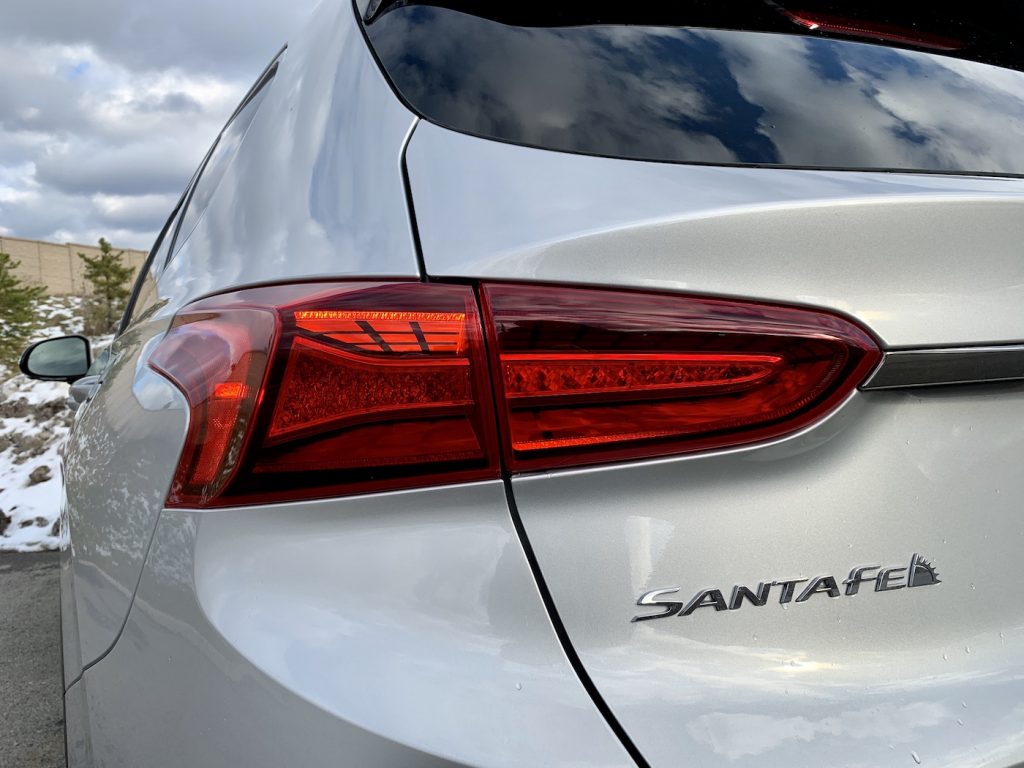
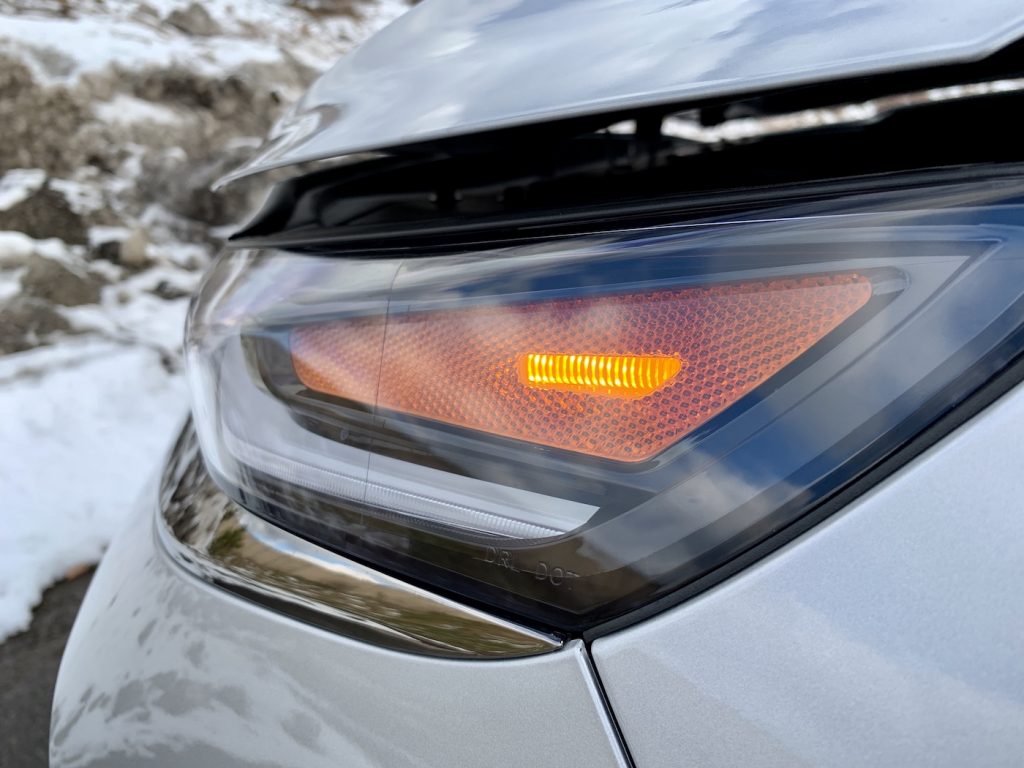
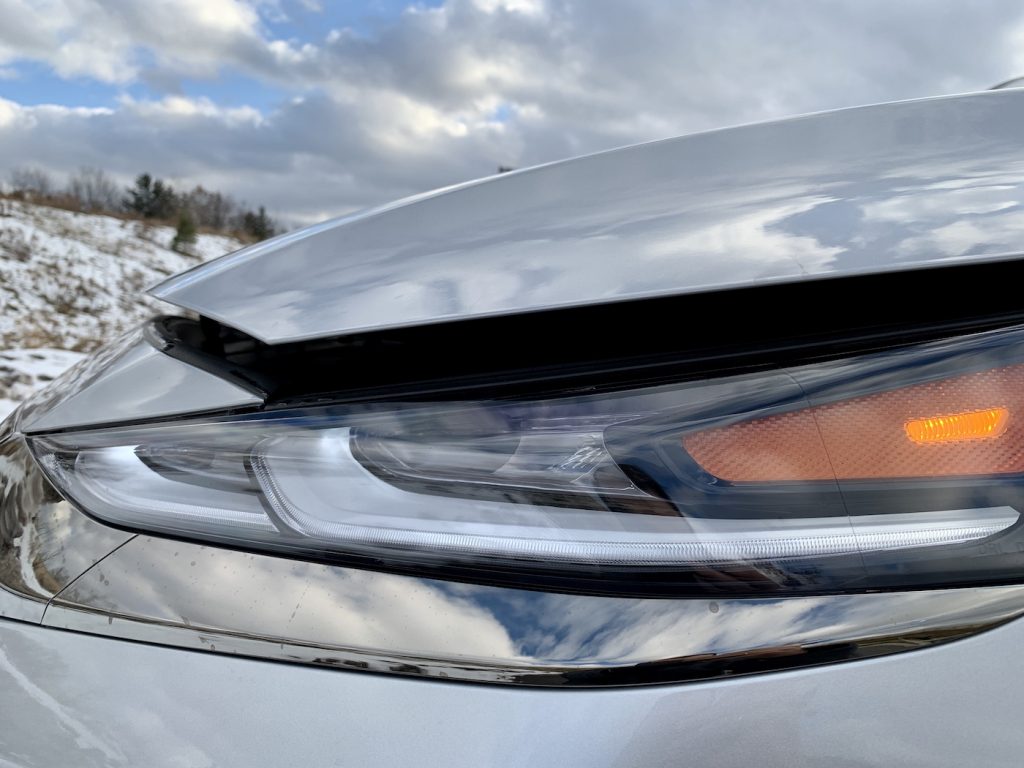
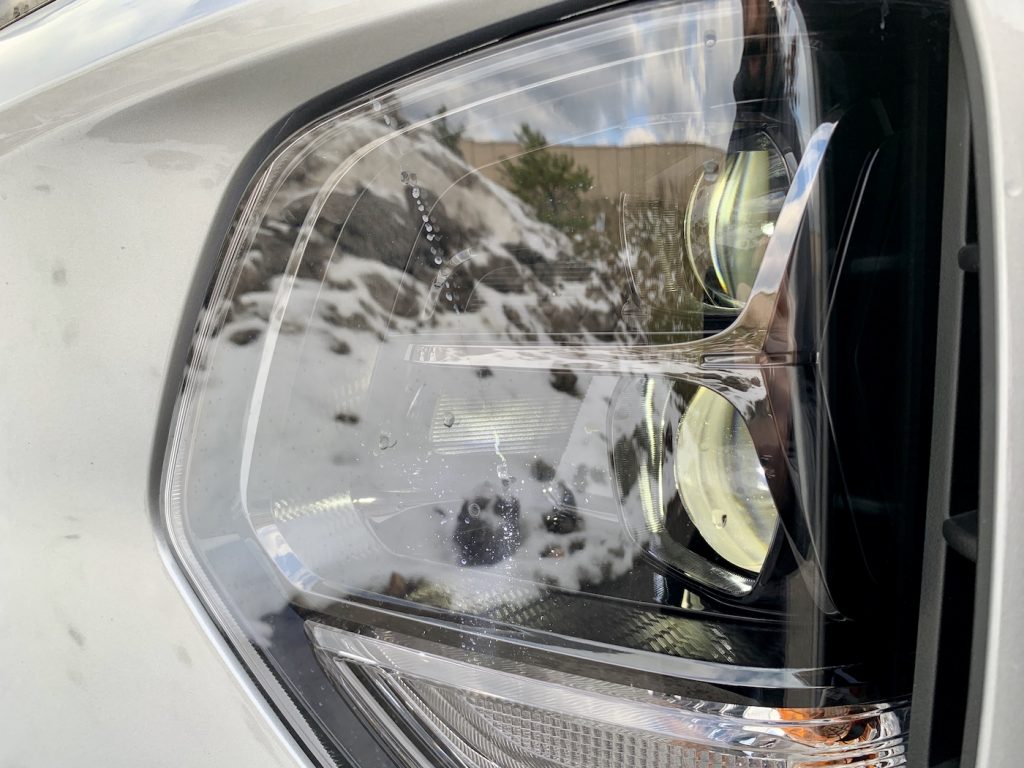
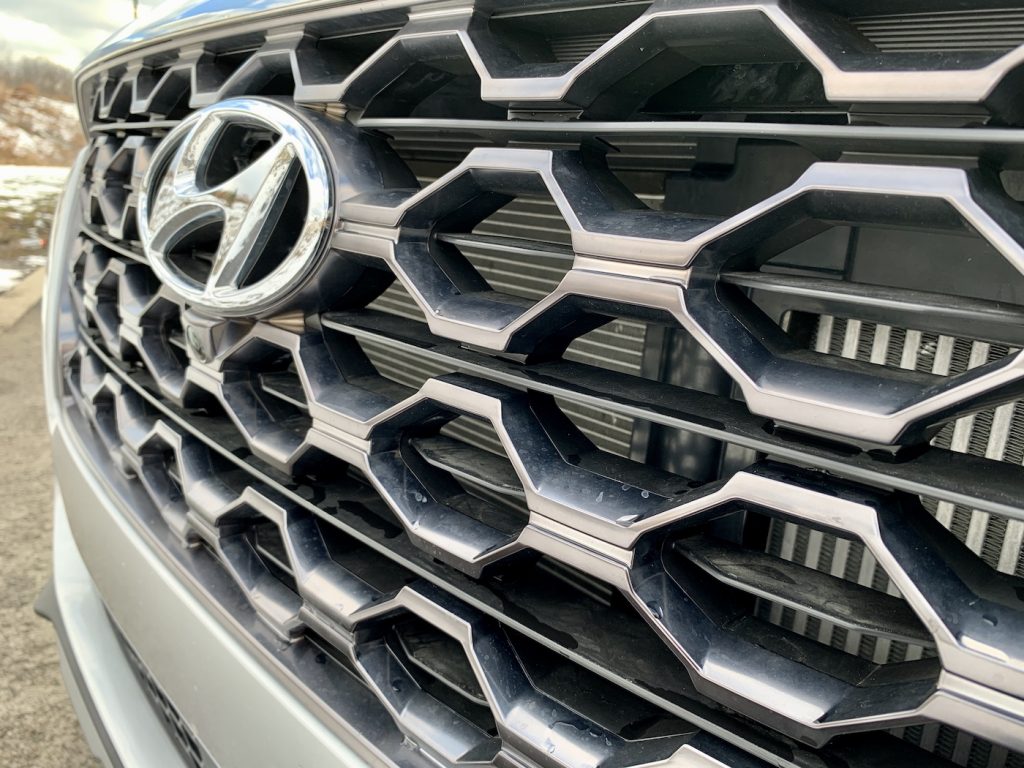
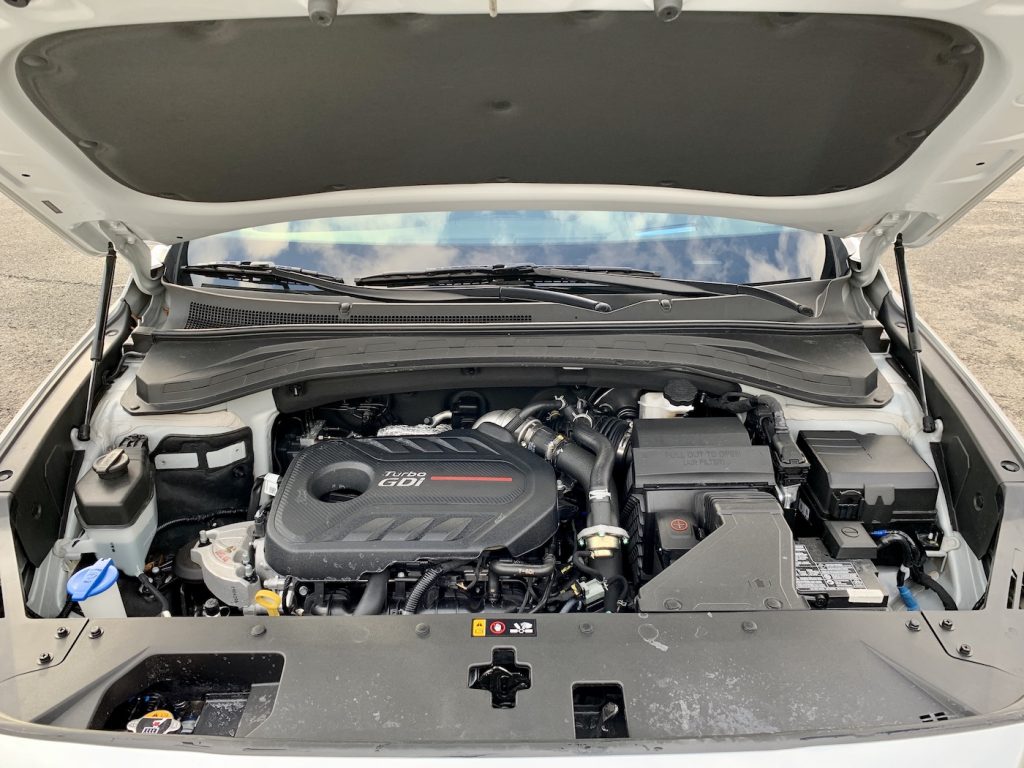
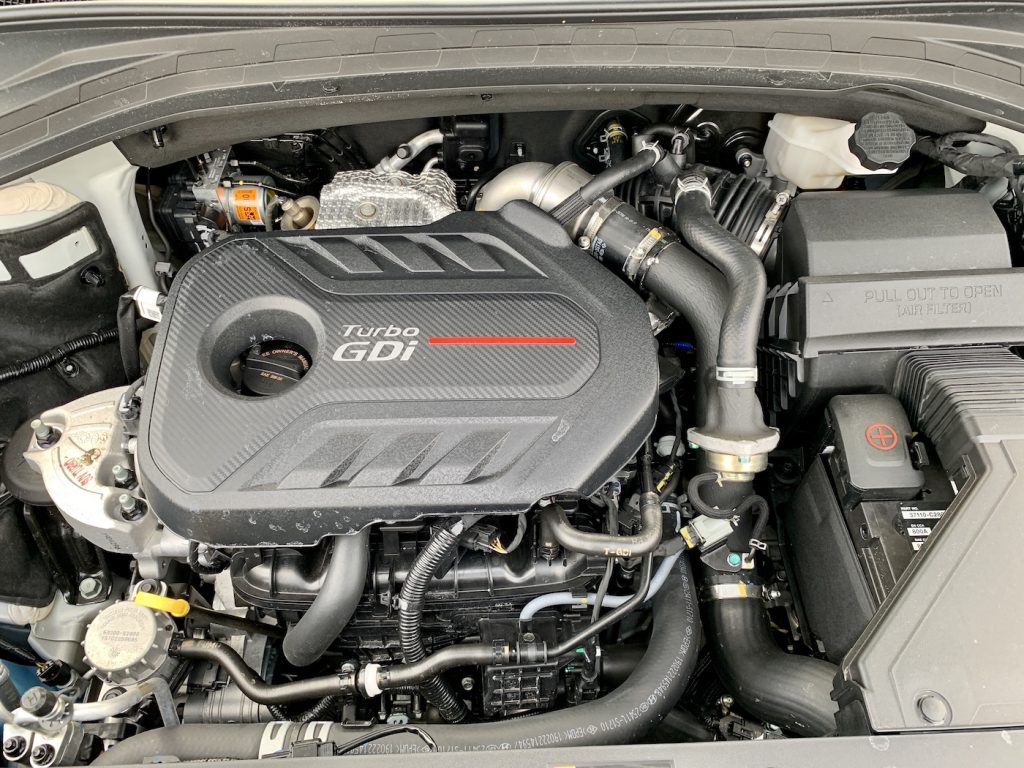

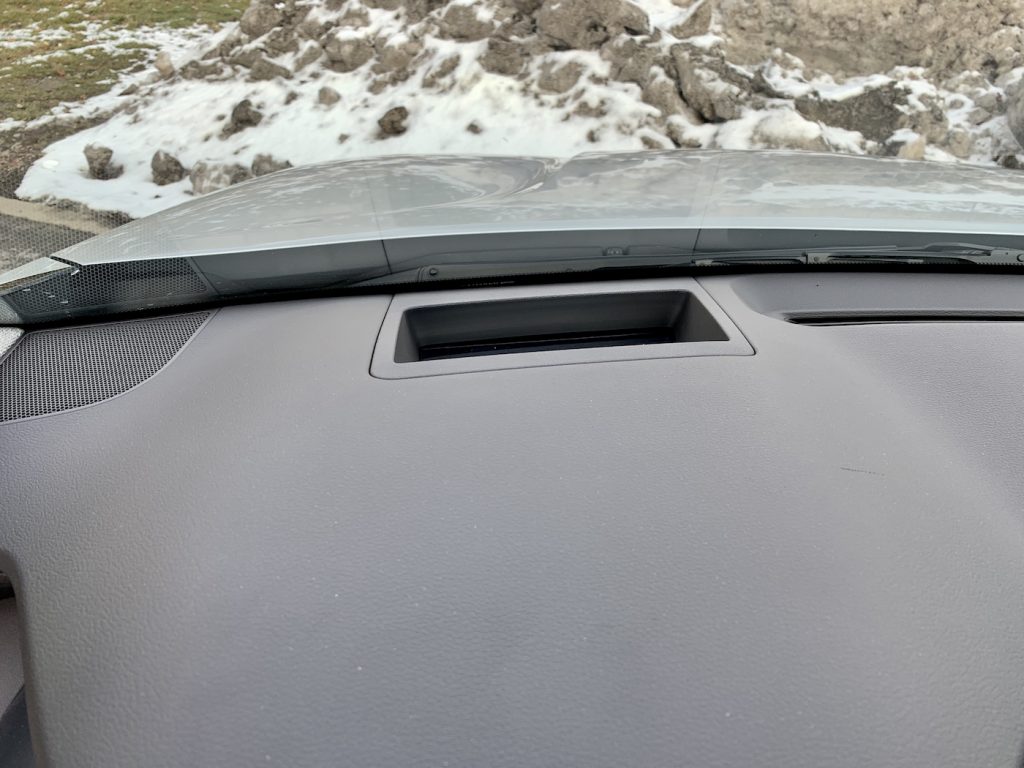
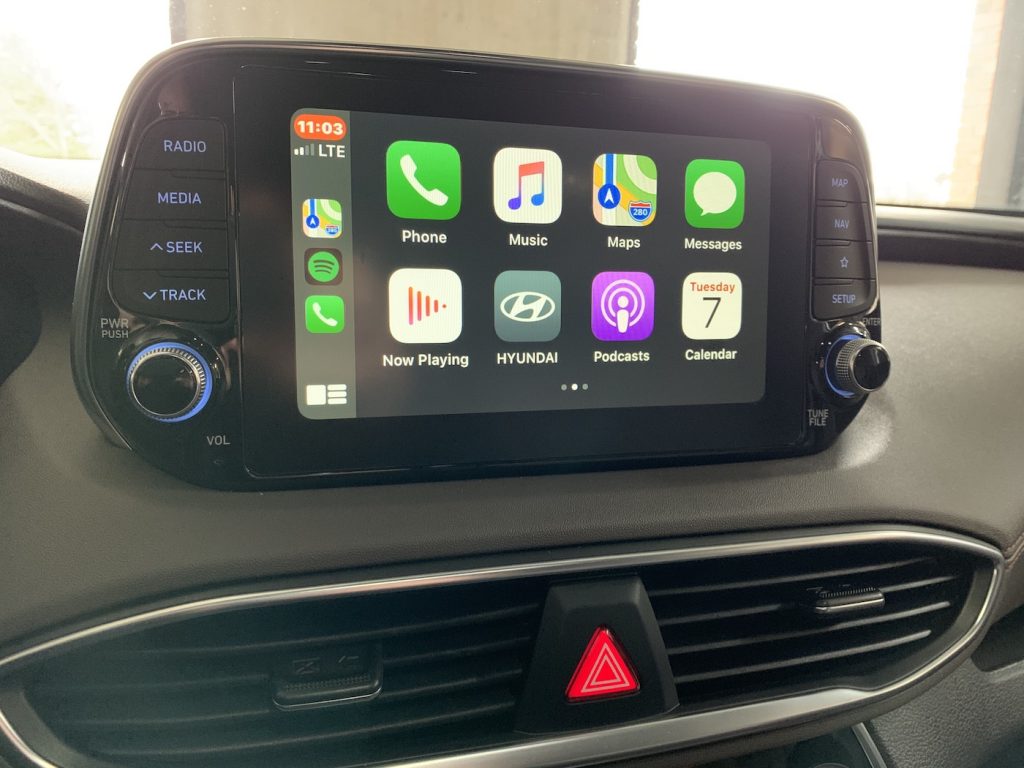
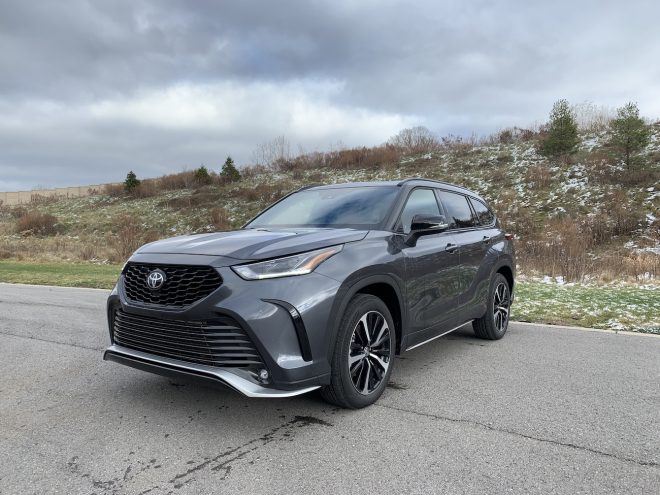
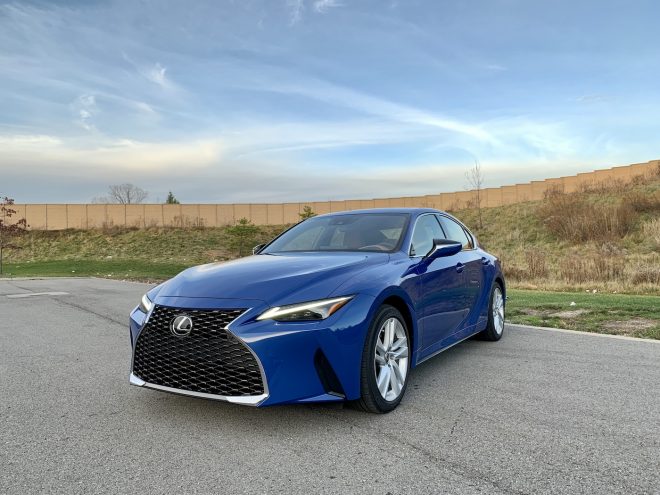
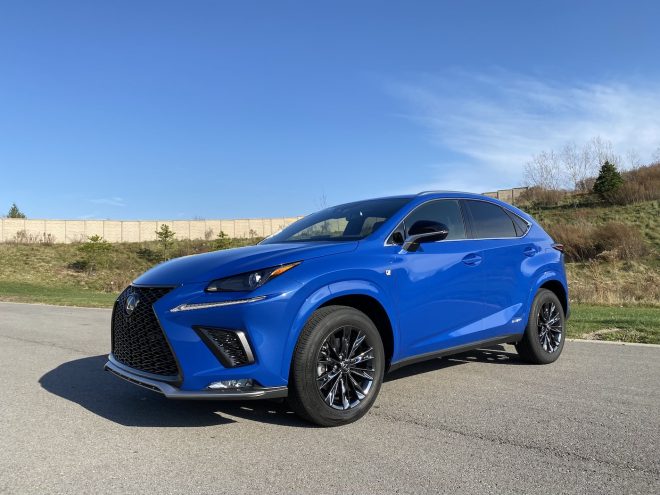
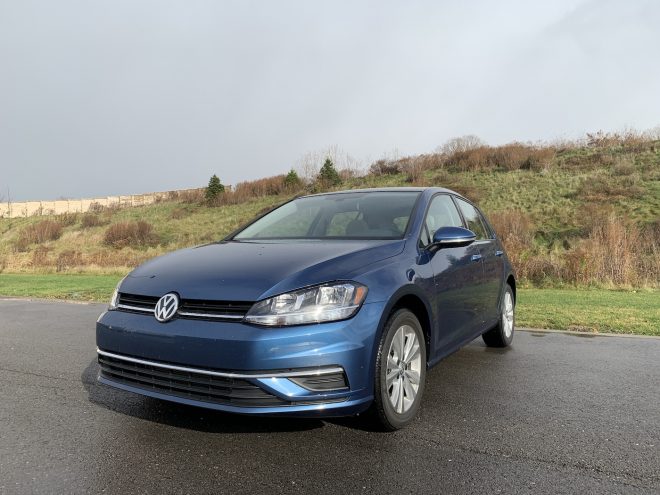
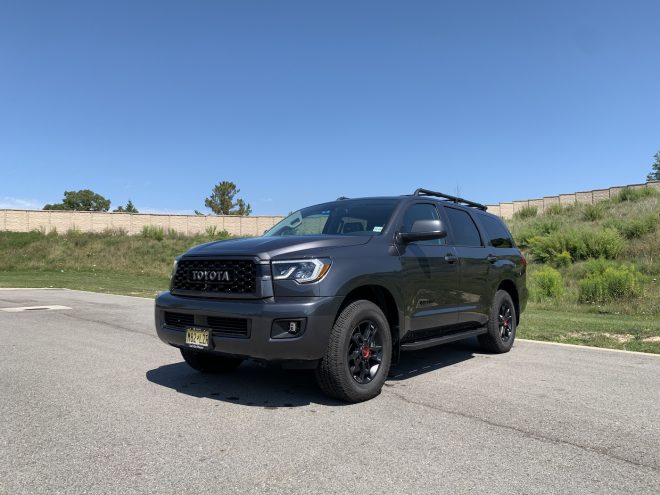
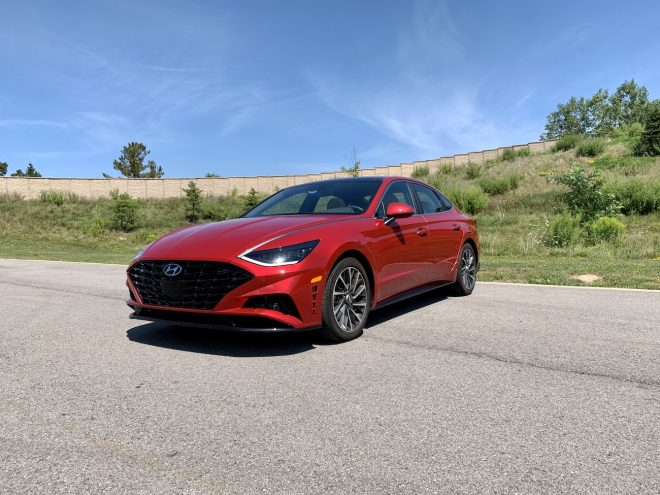




[…] less crashes and this makes them very useful. You won’t find the system as standard in a lot of cars, but it is certainly worth […]